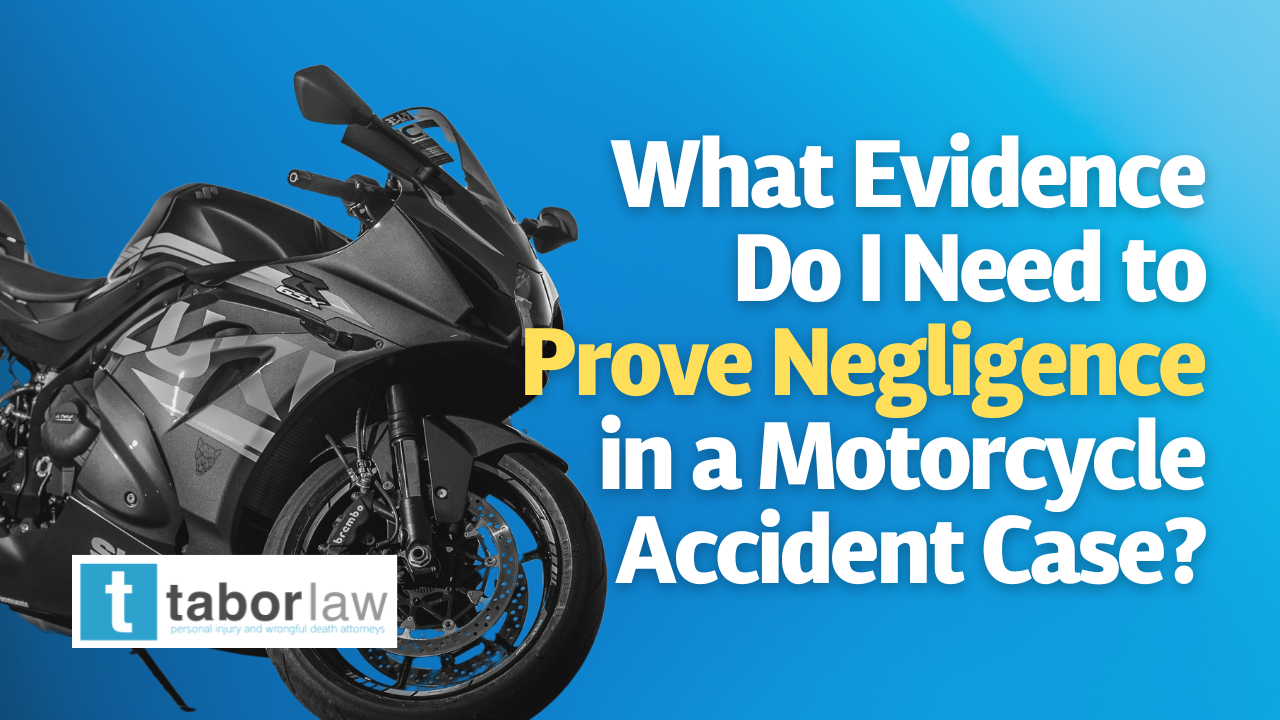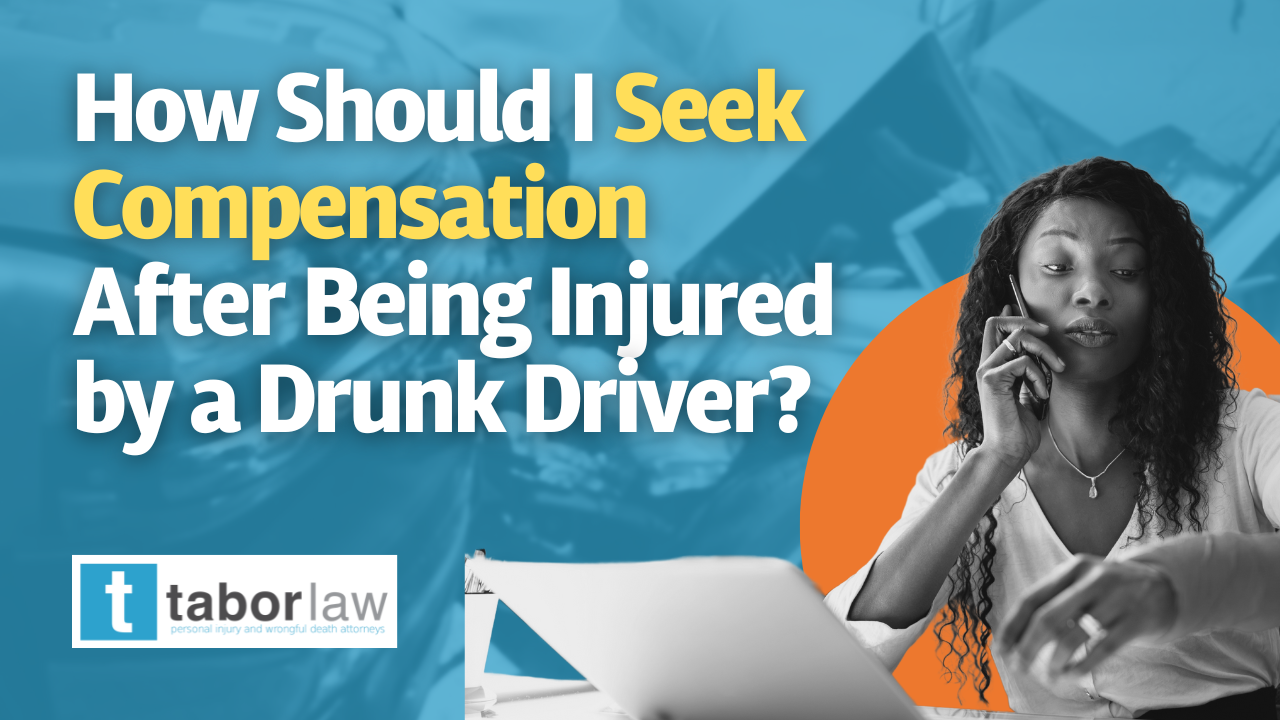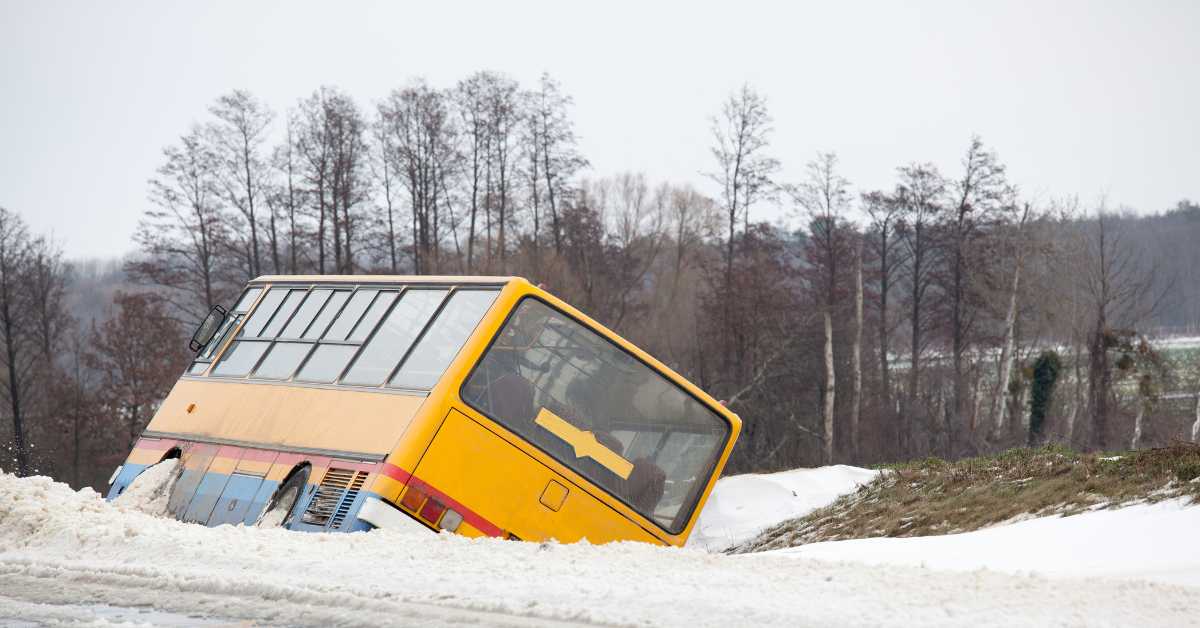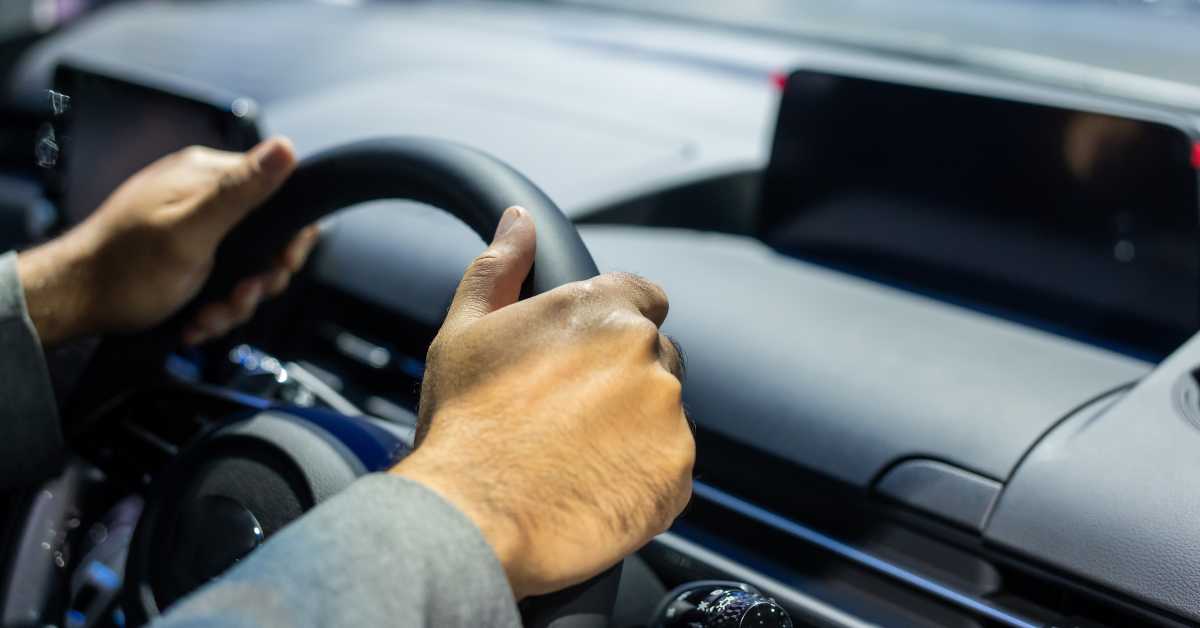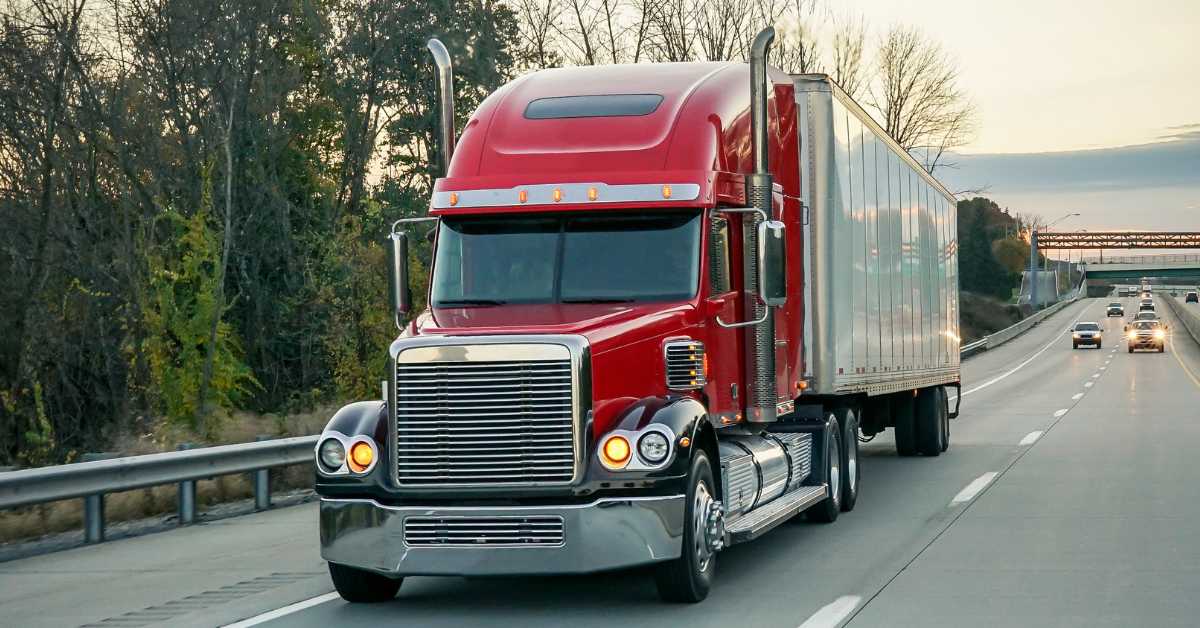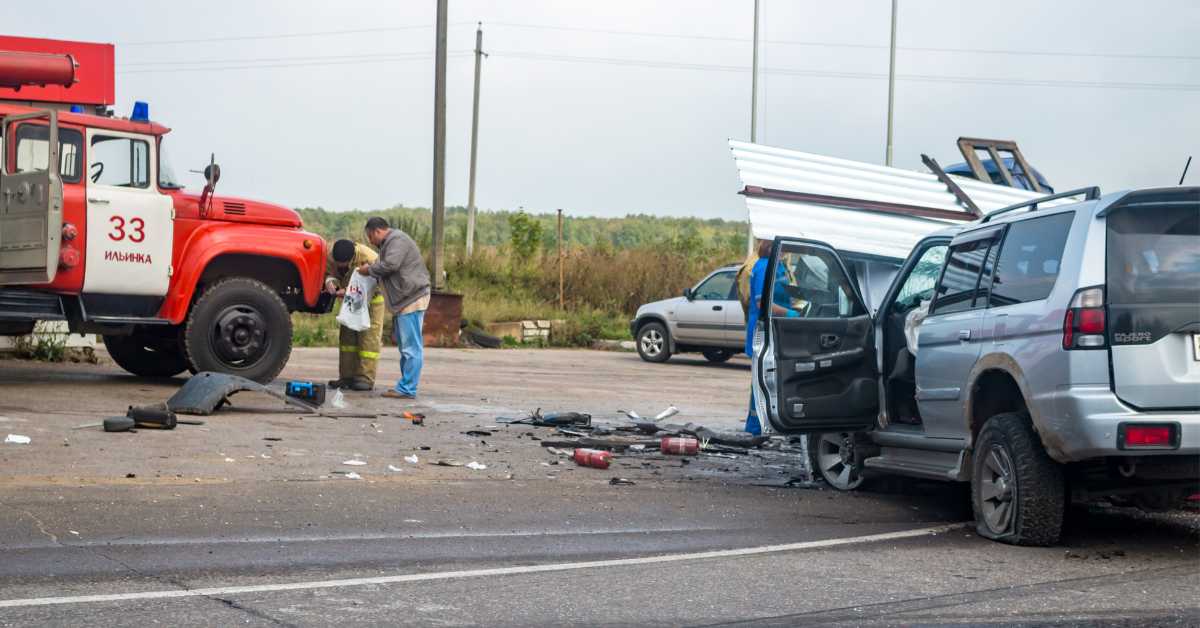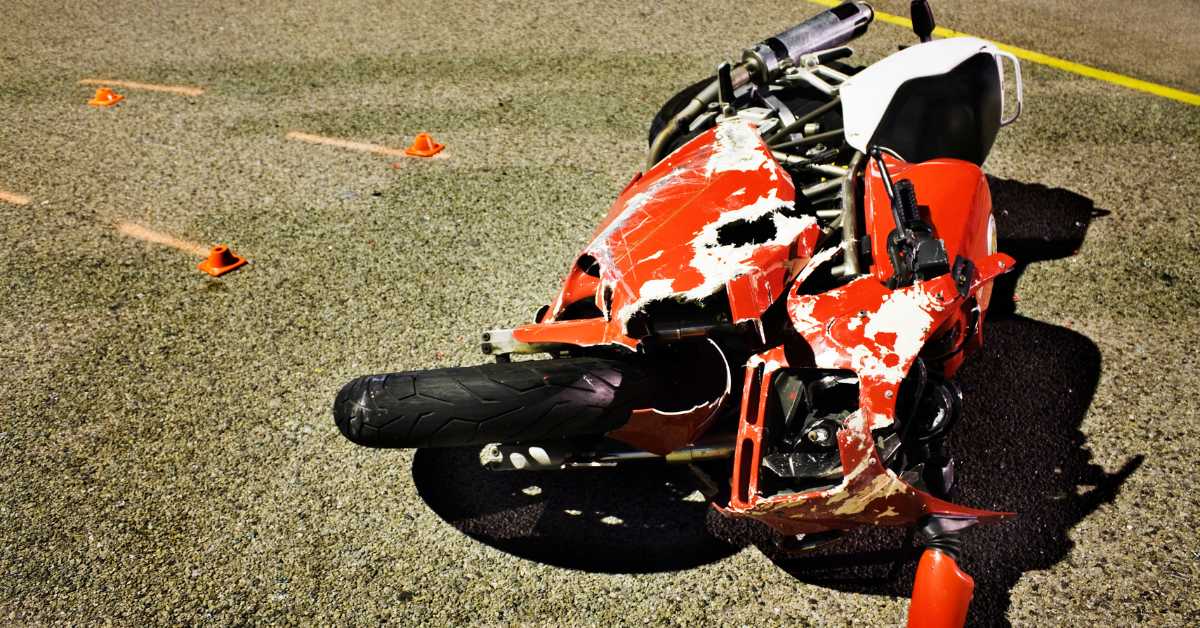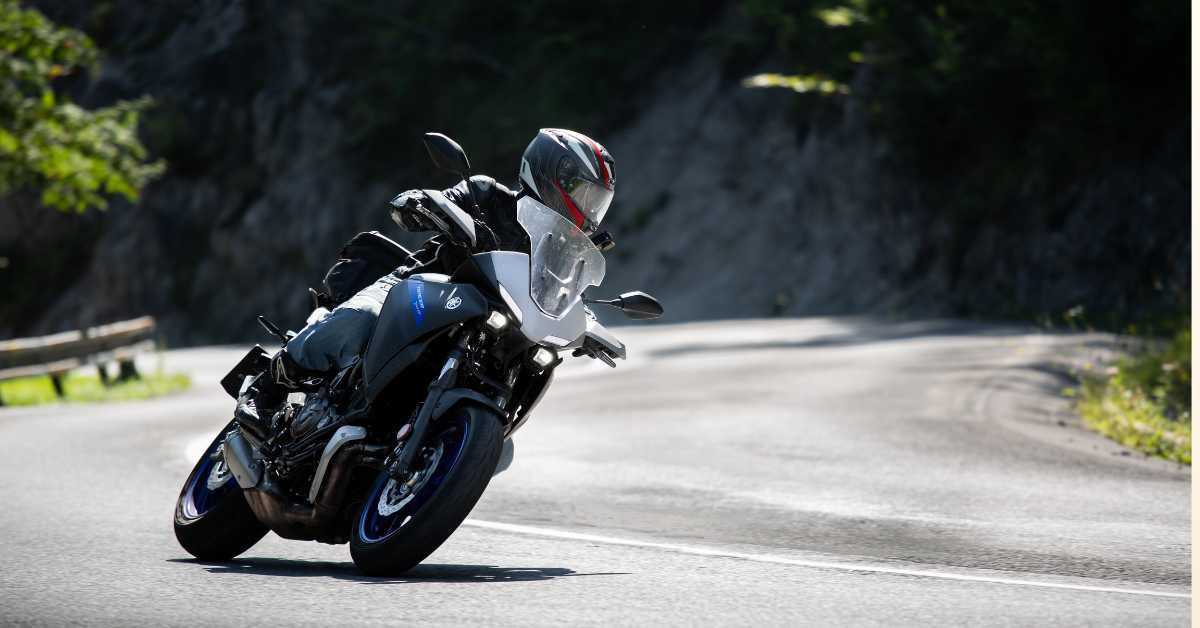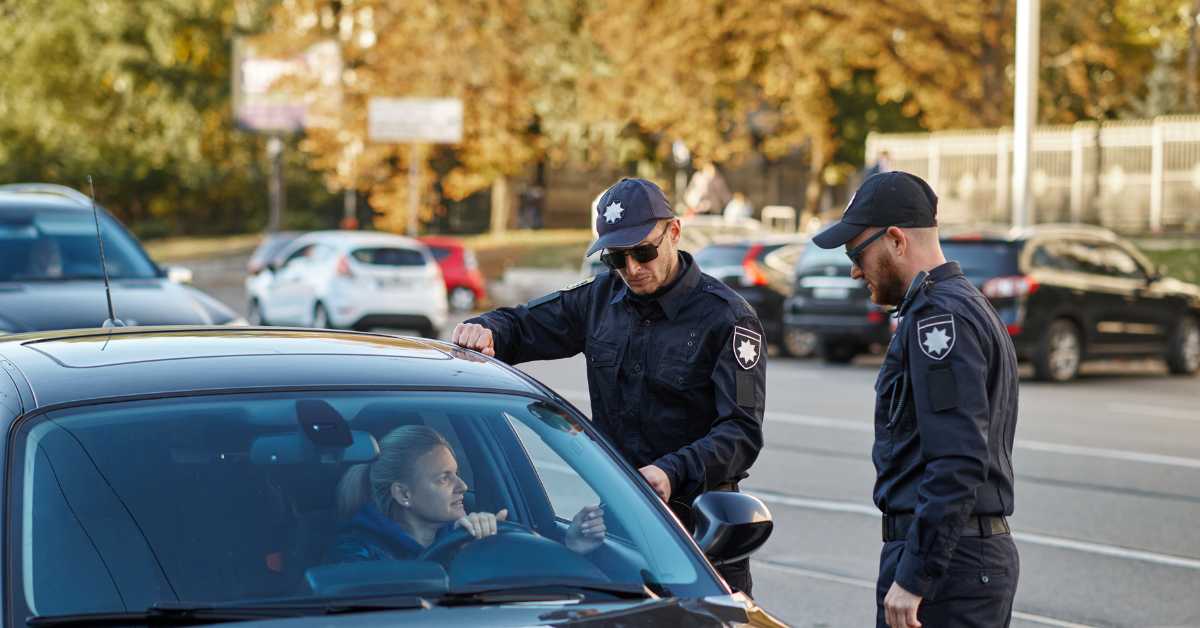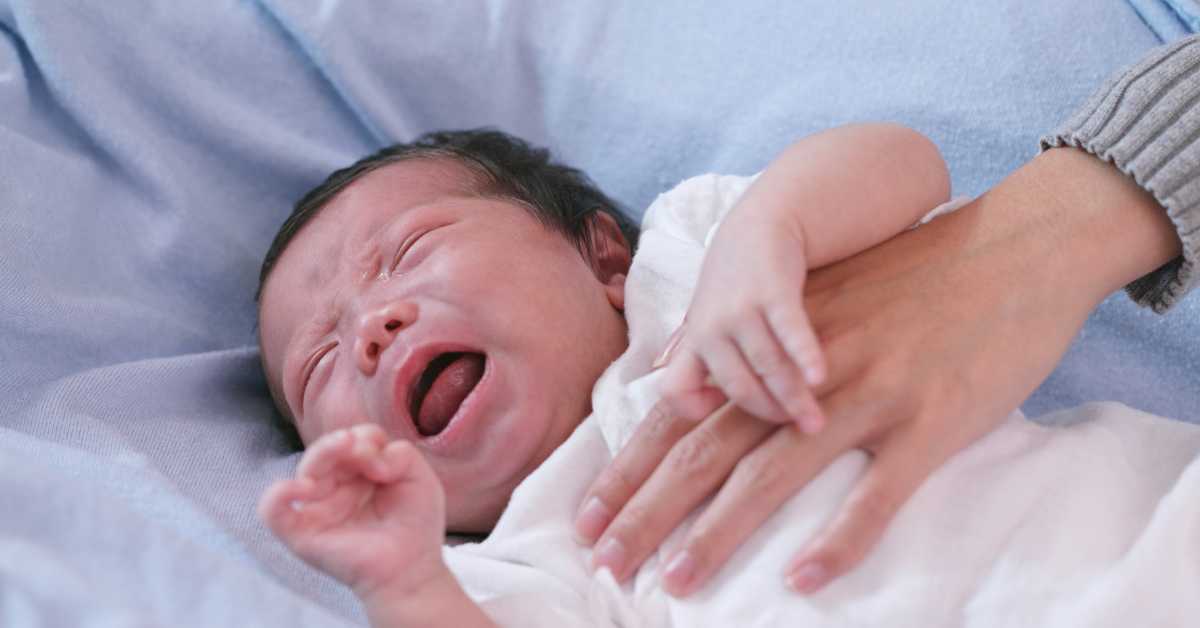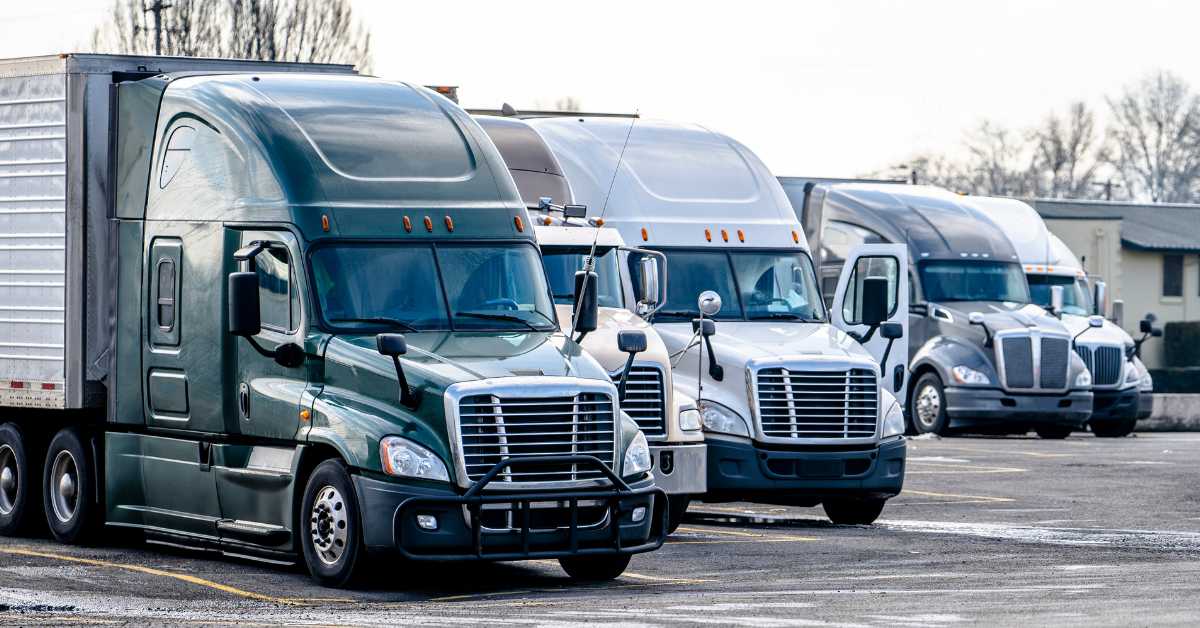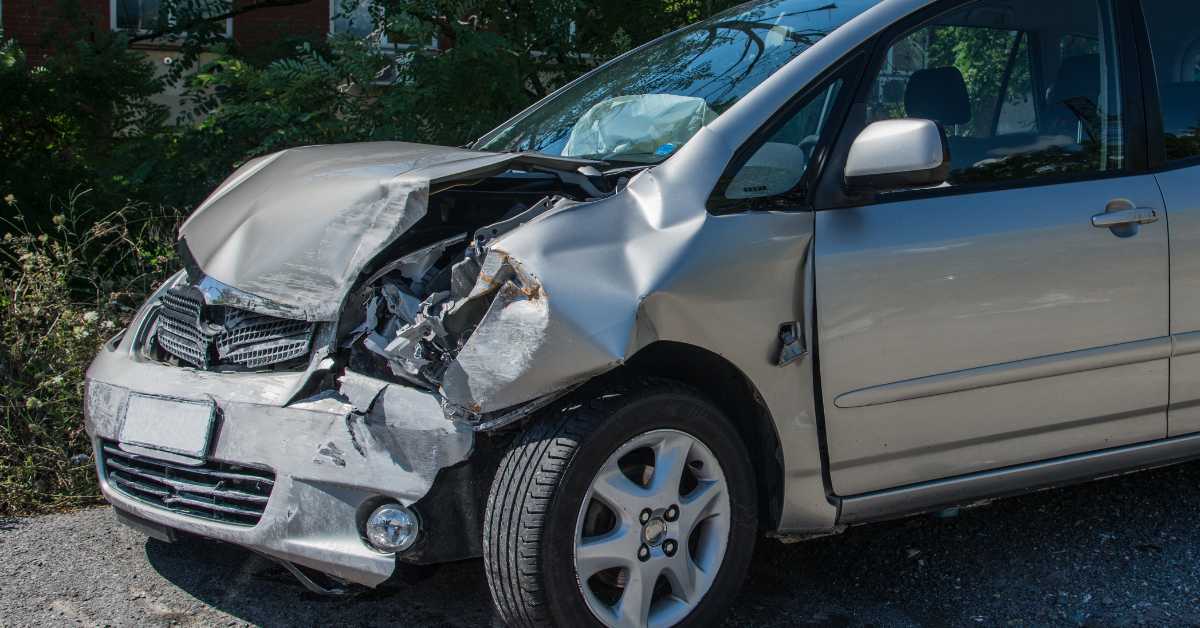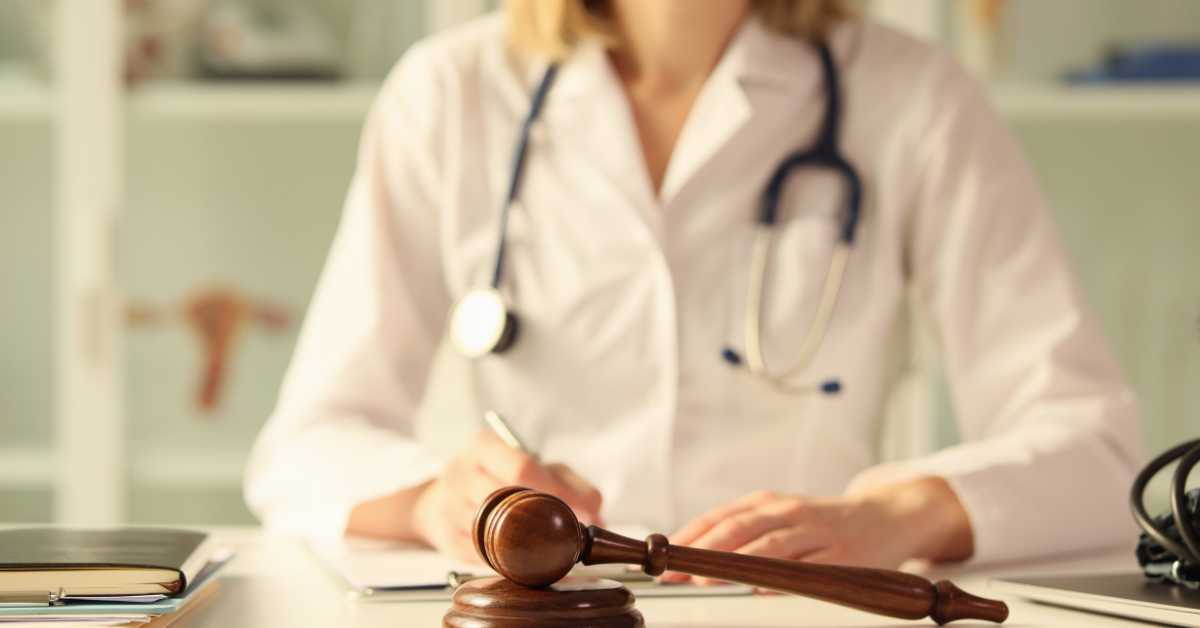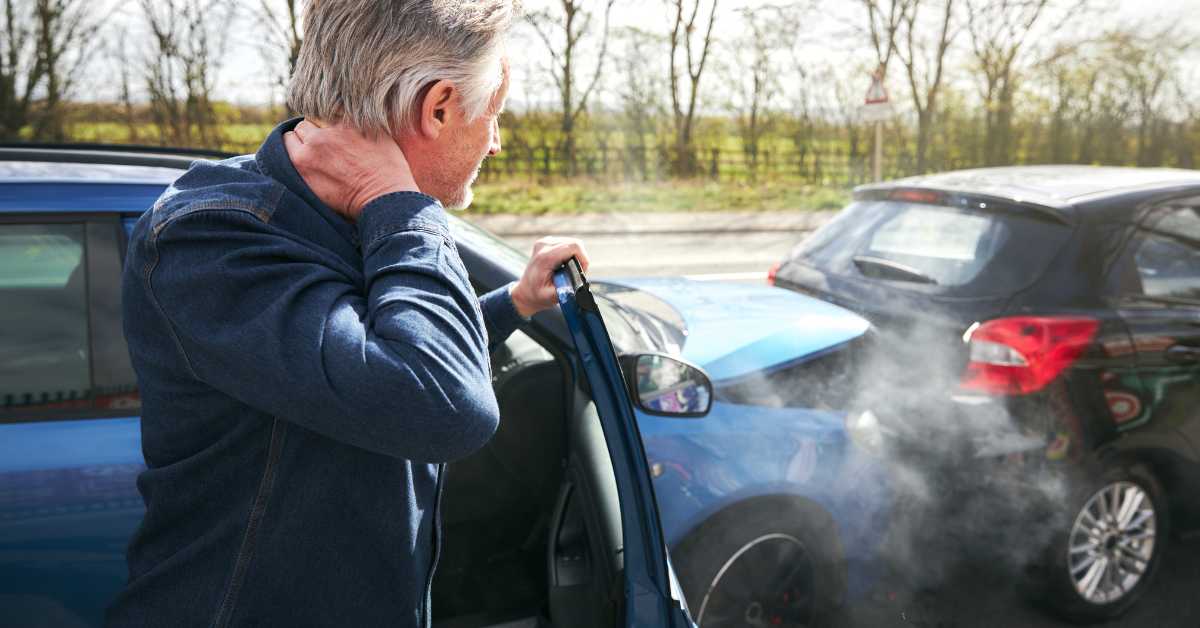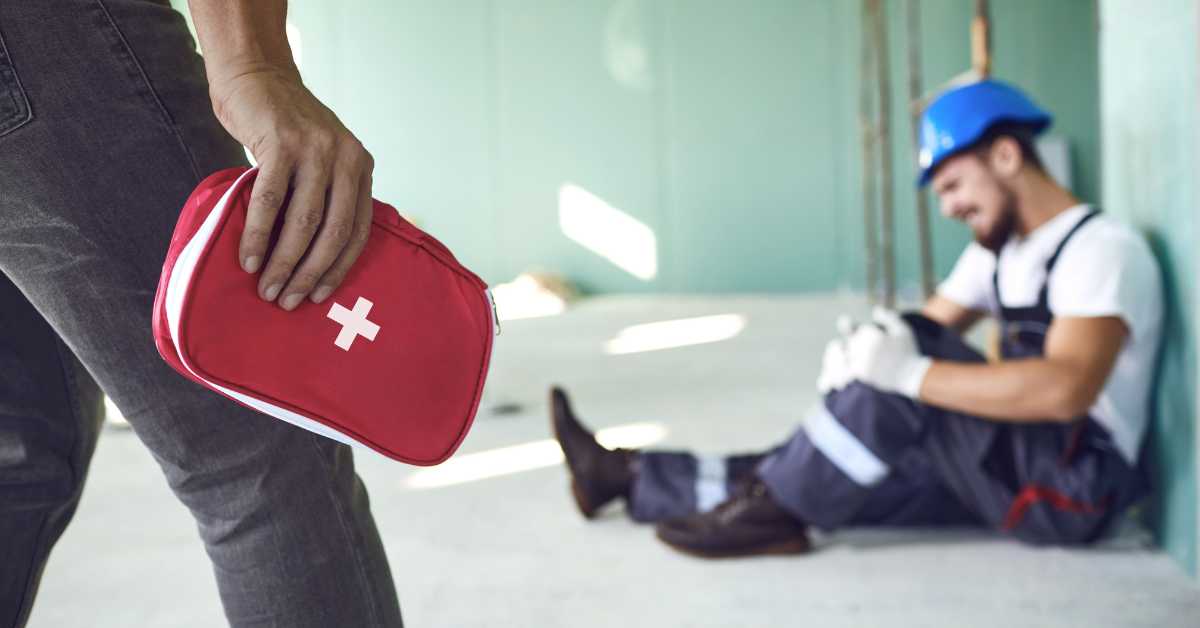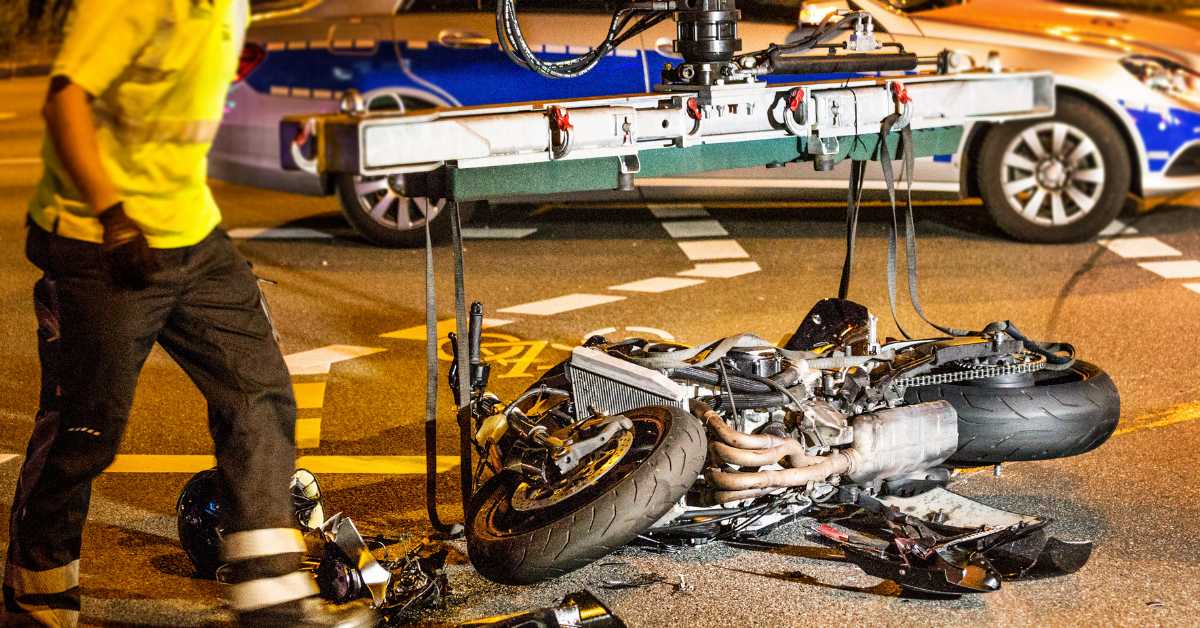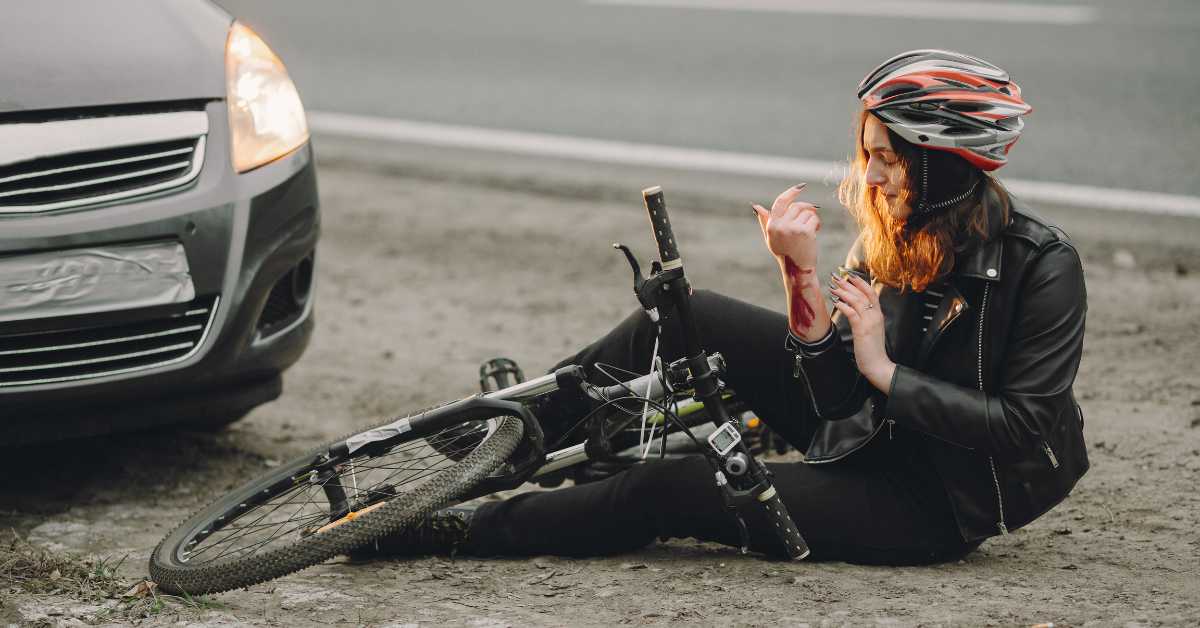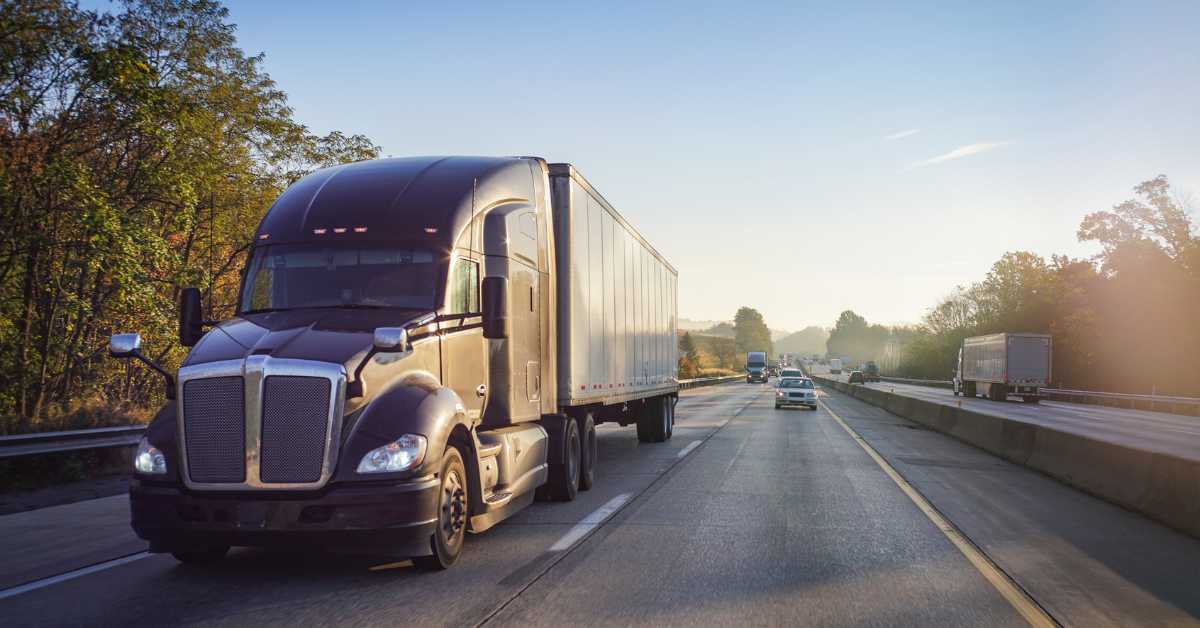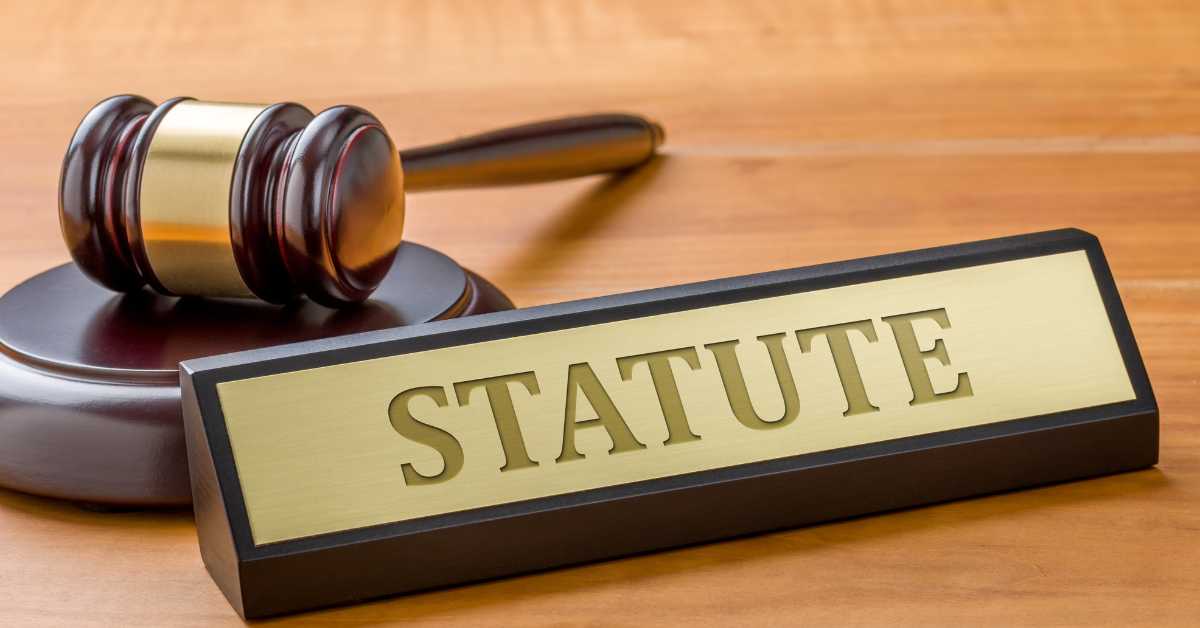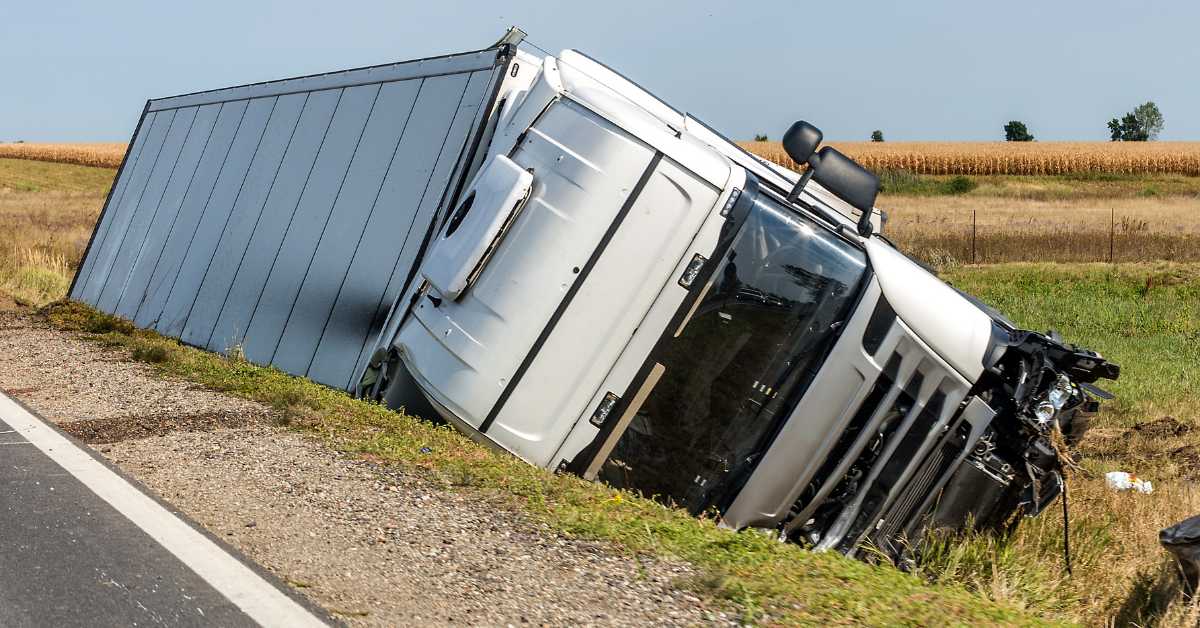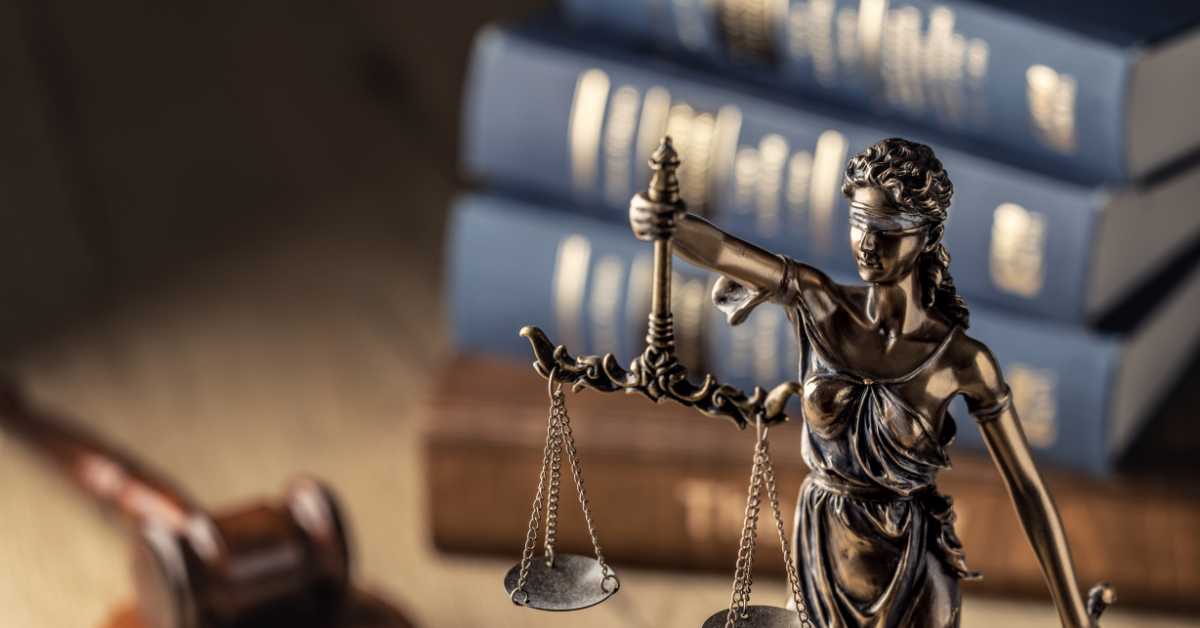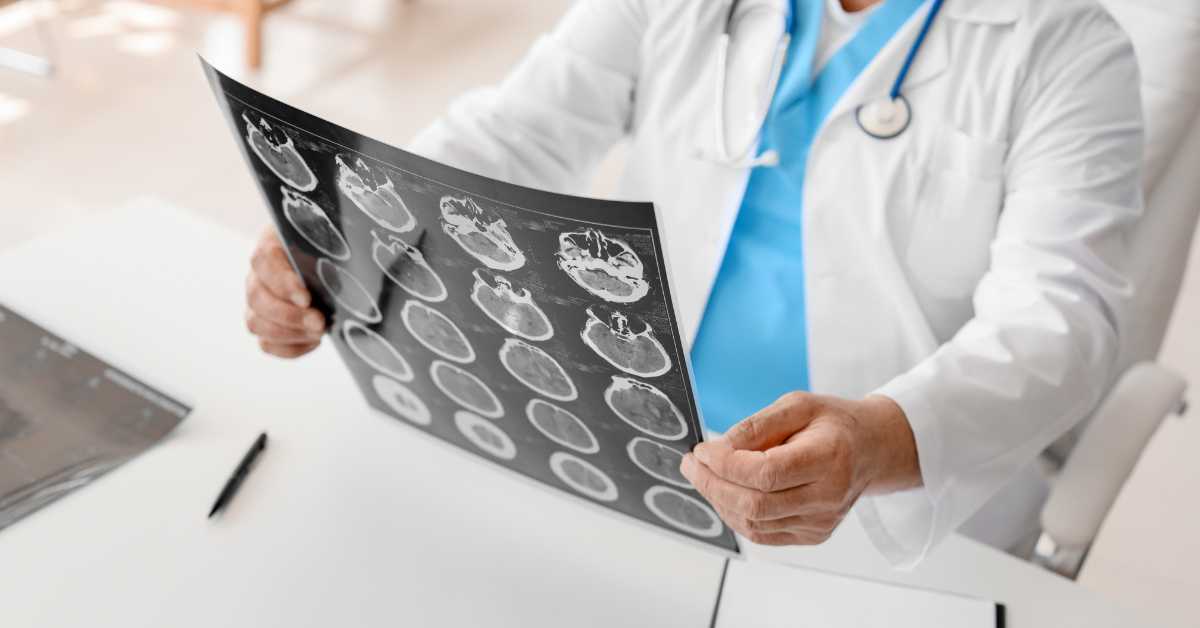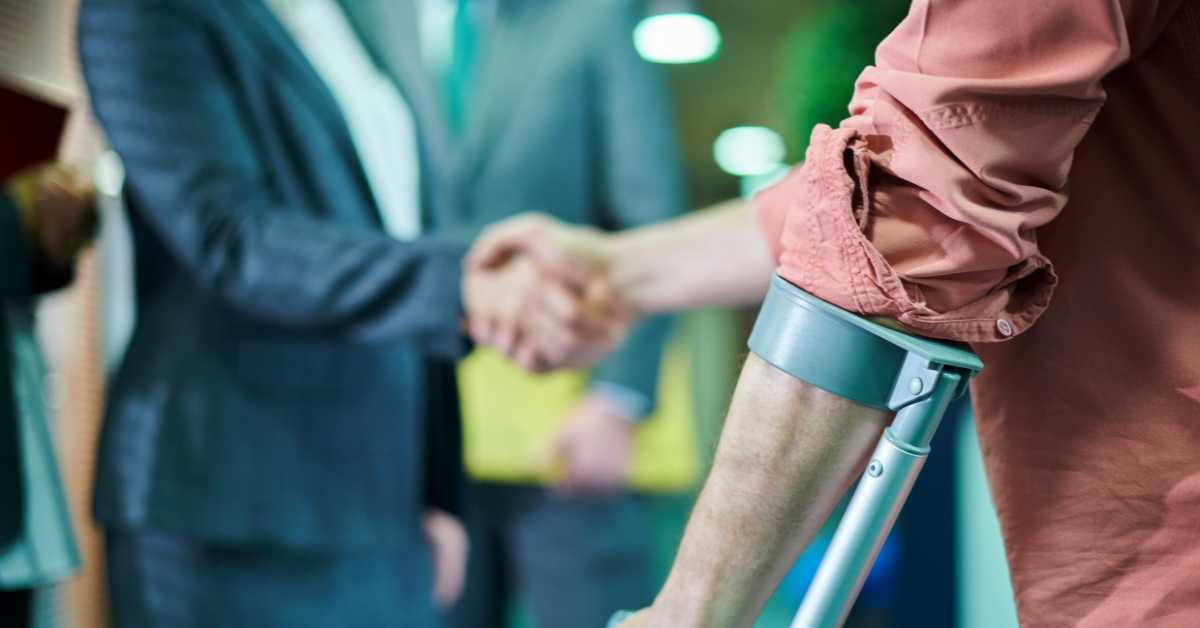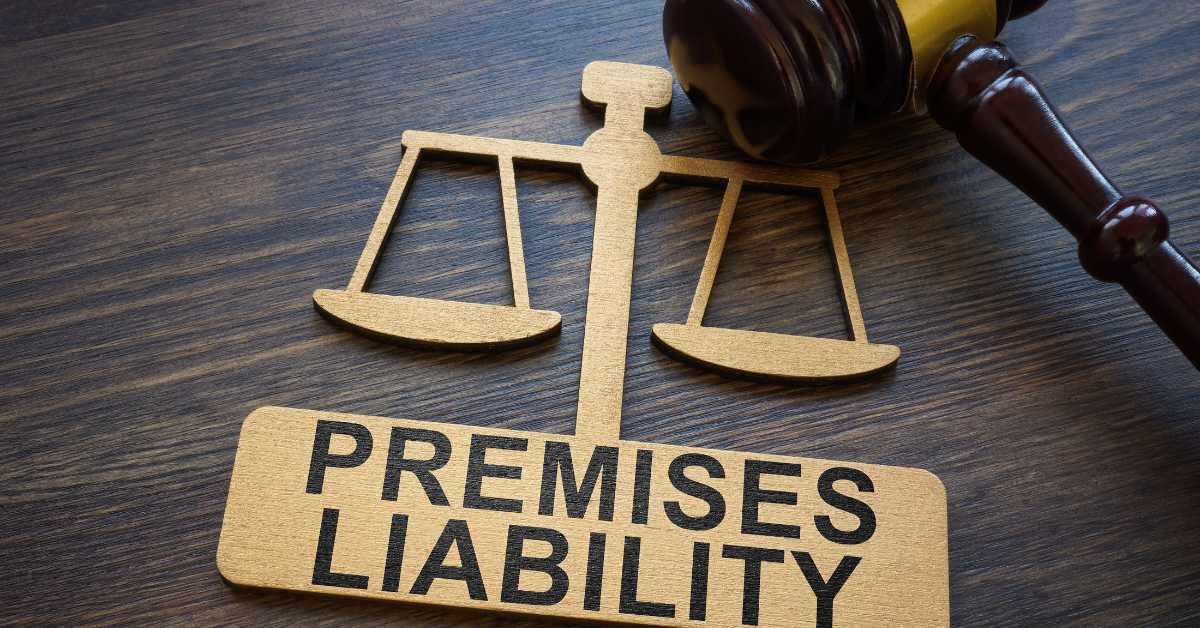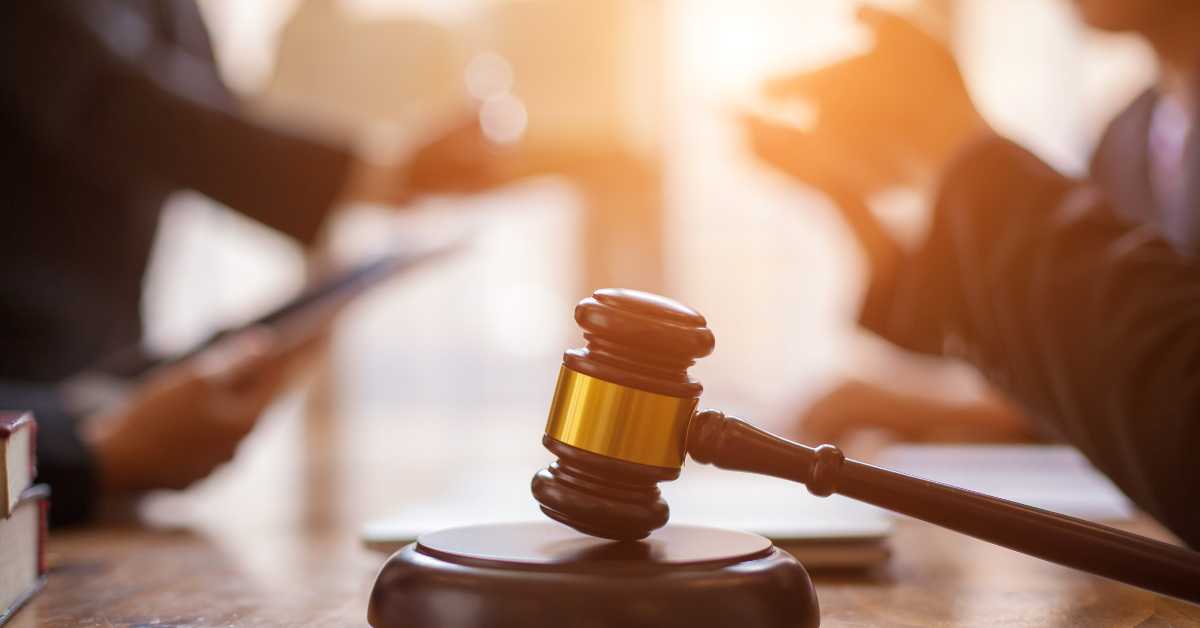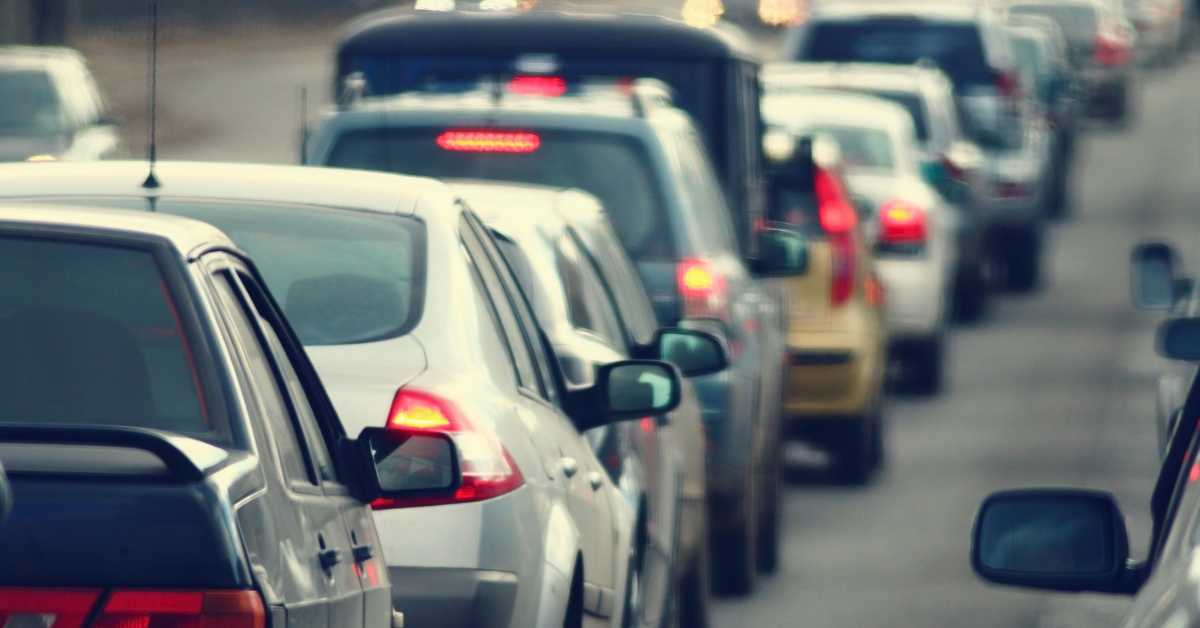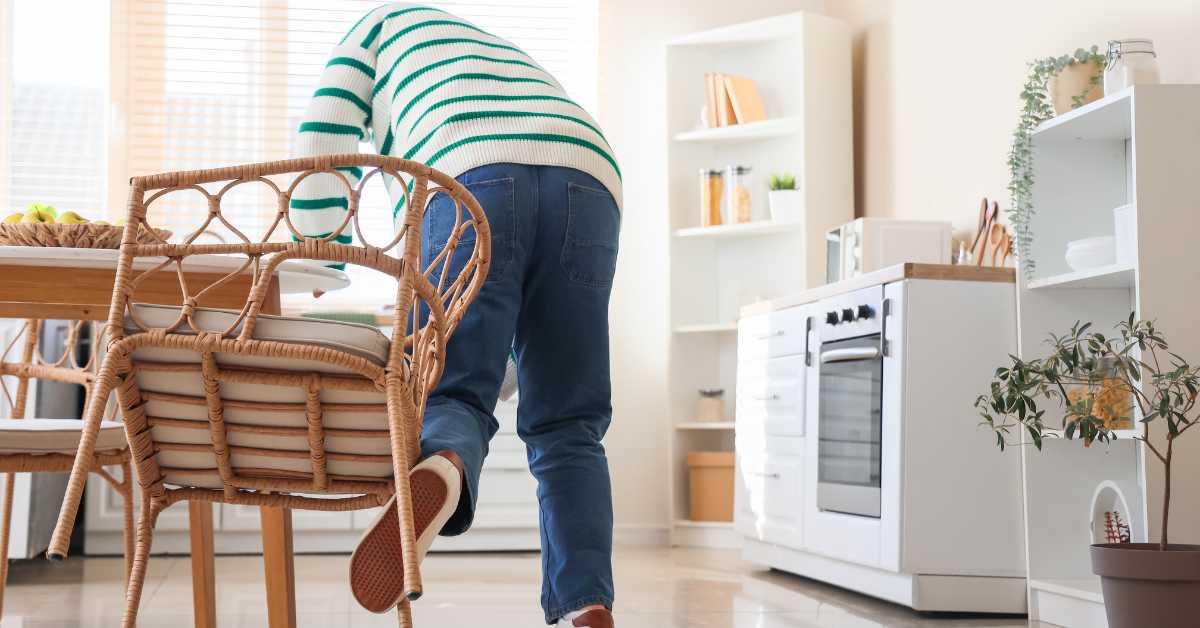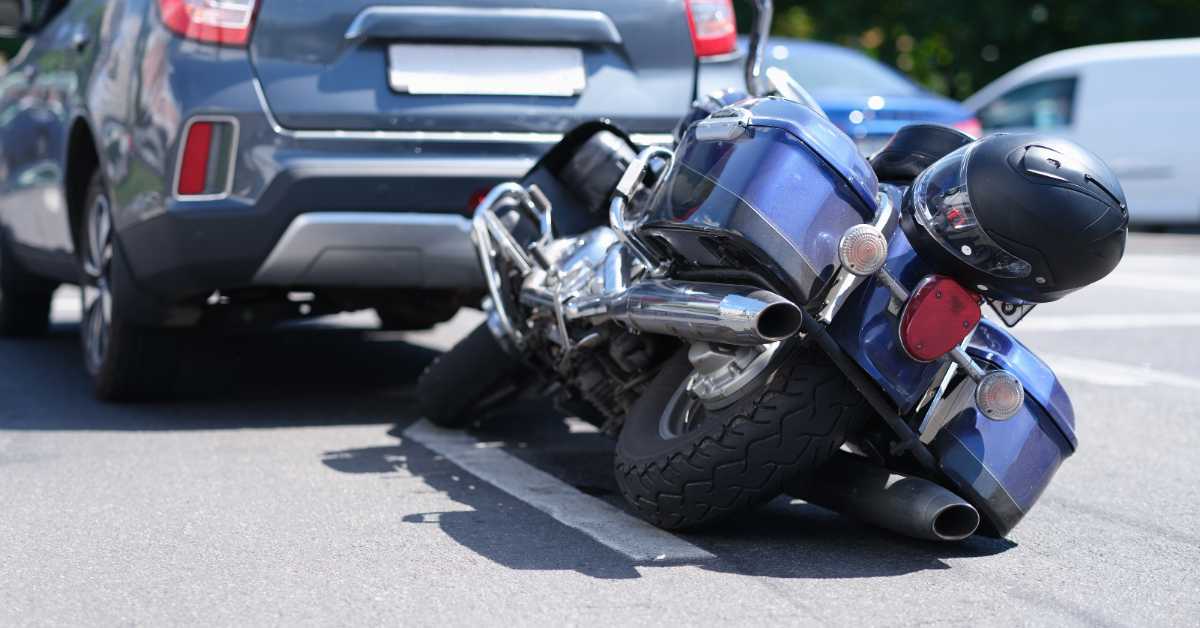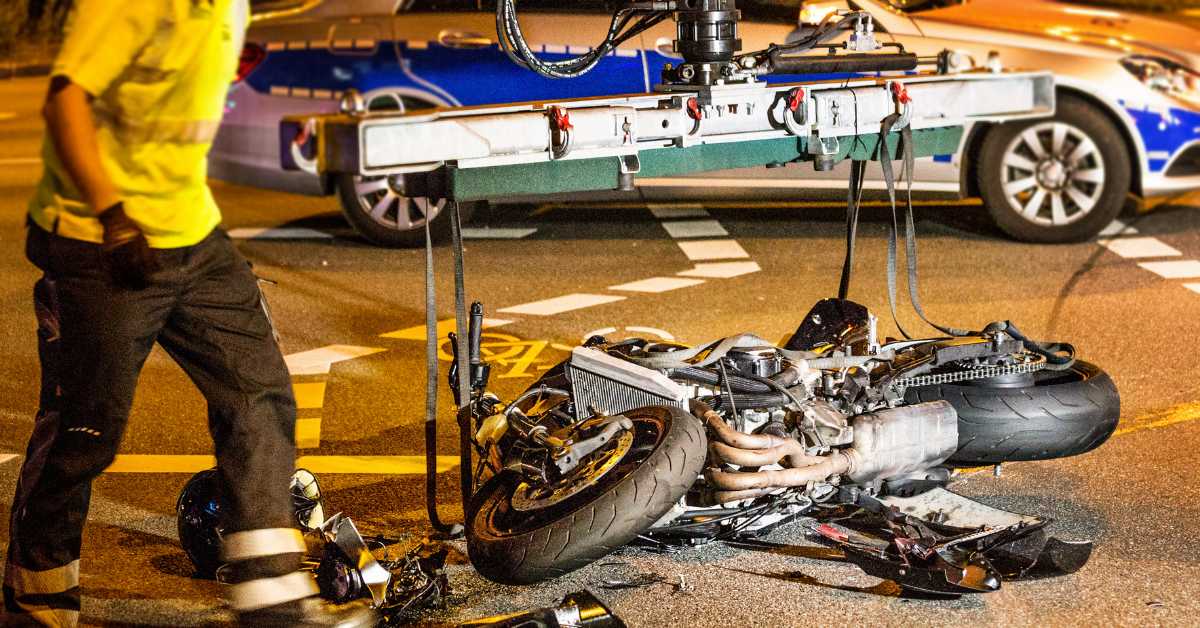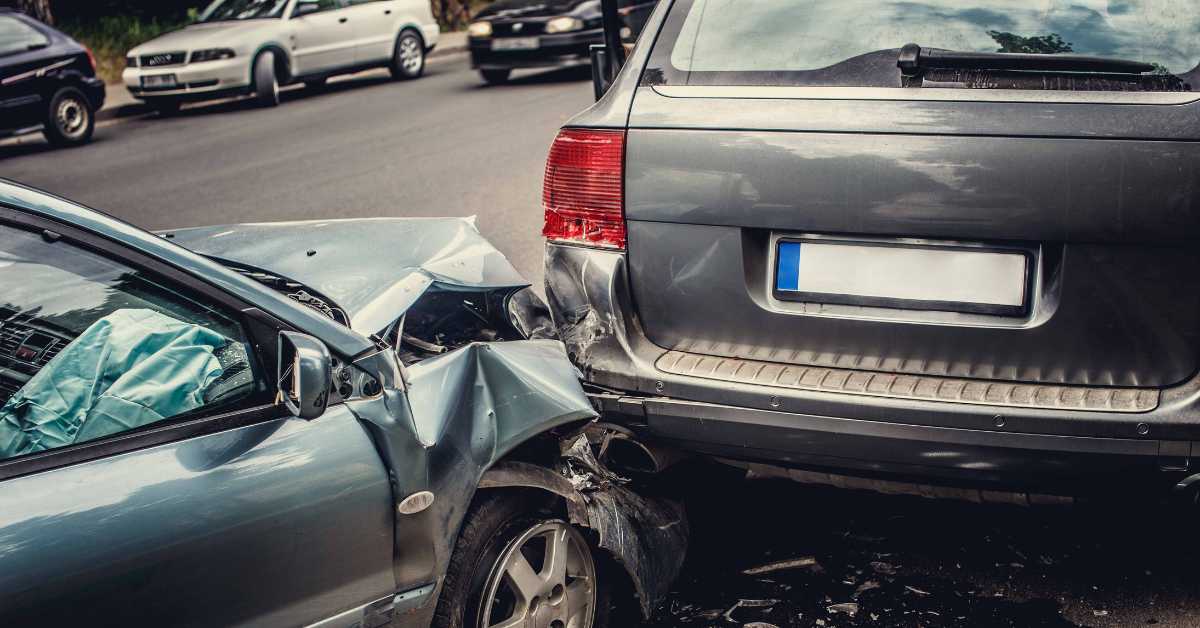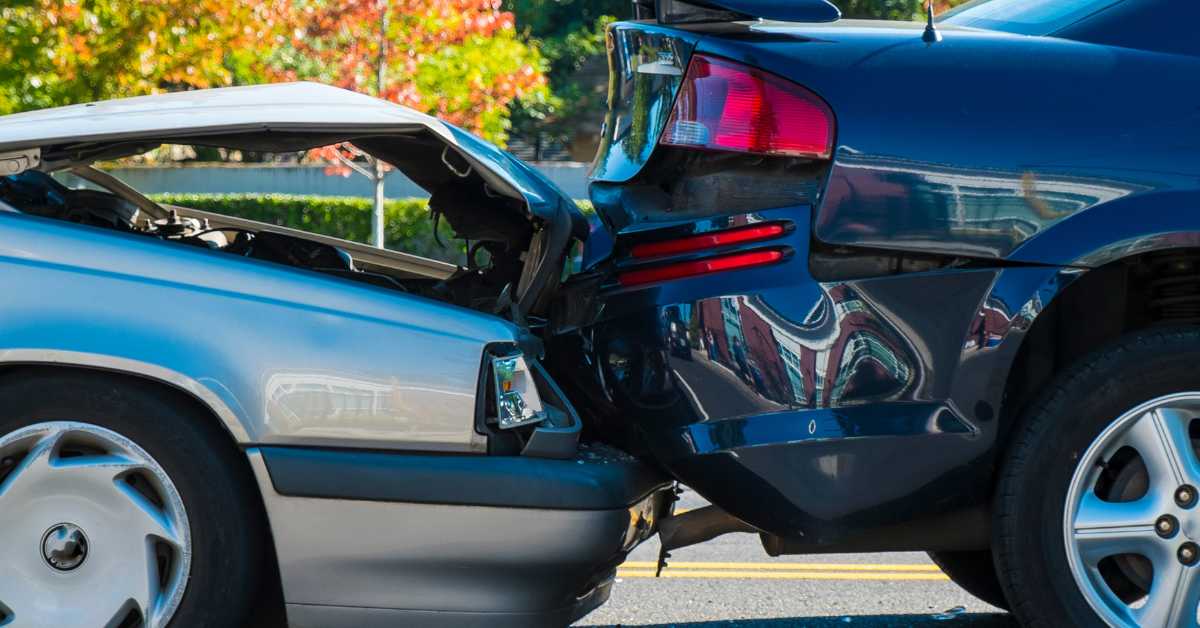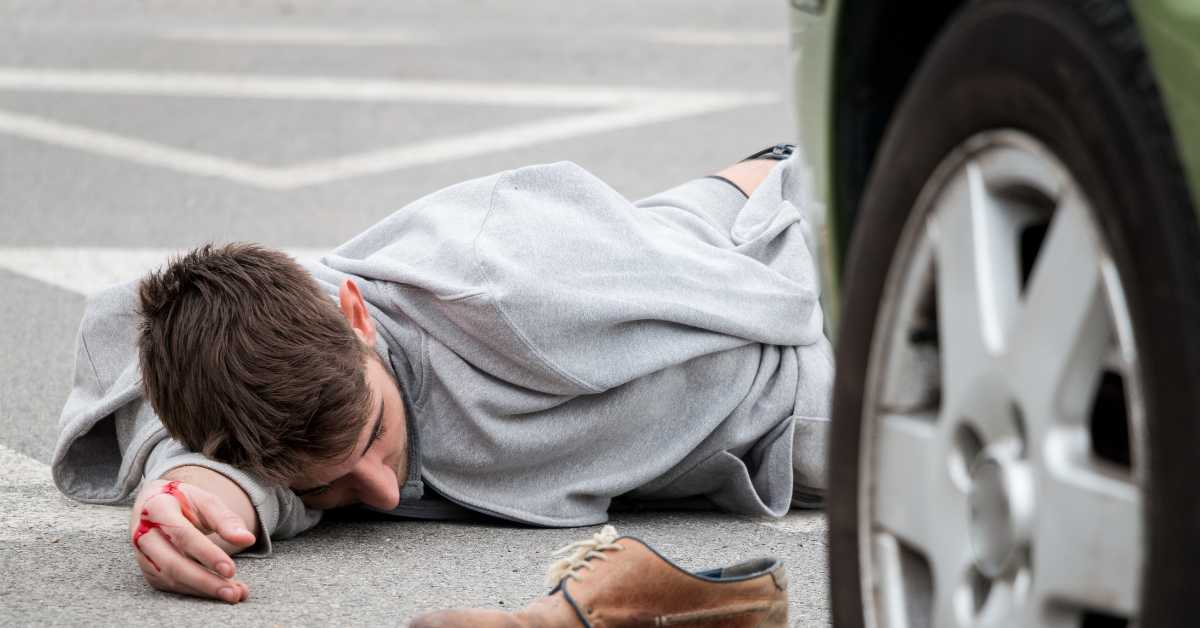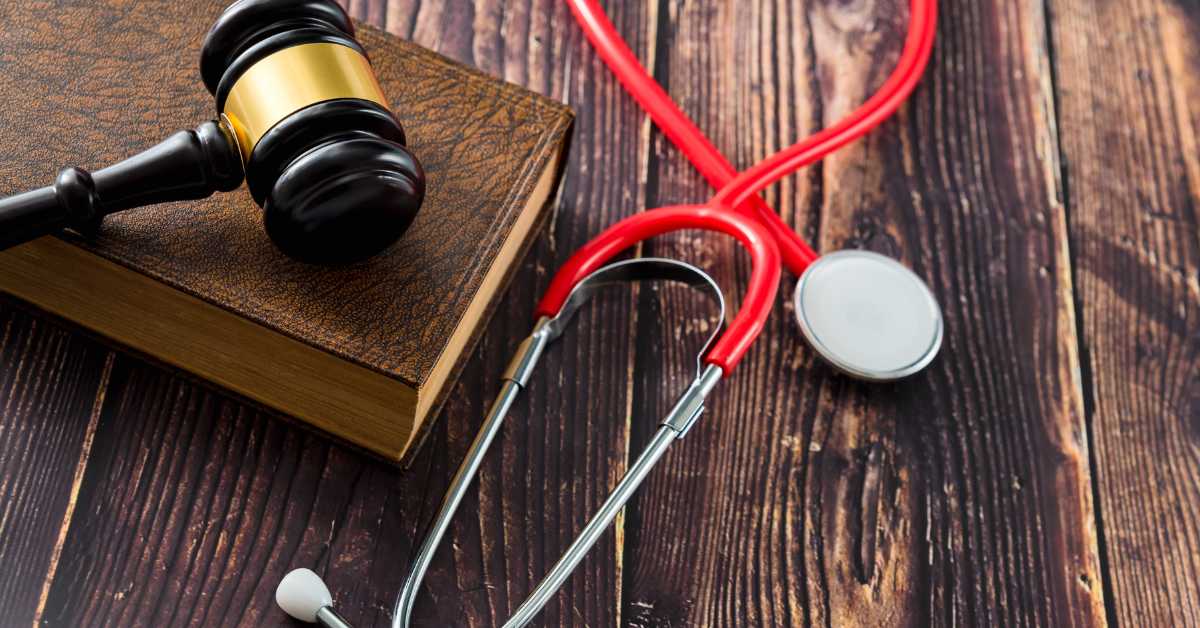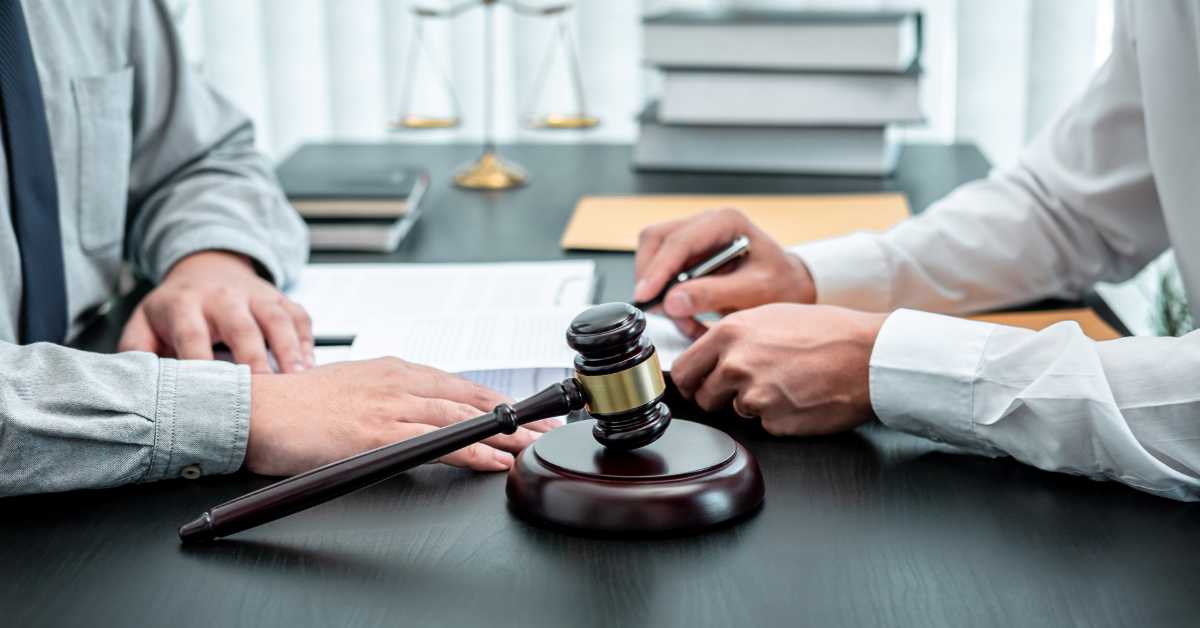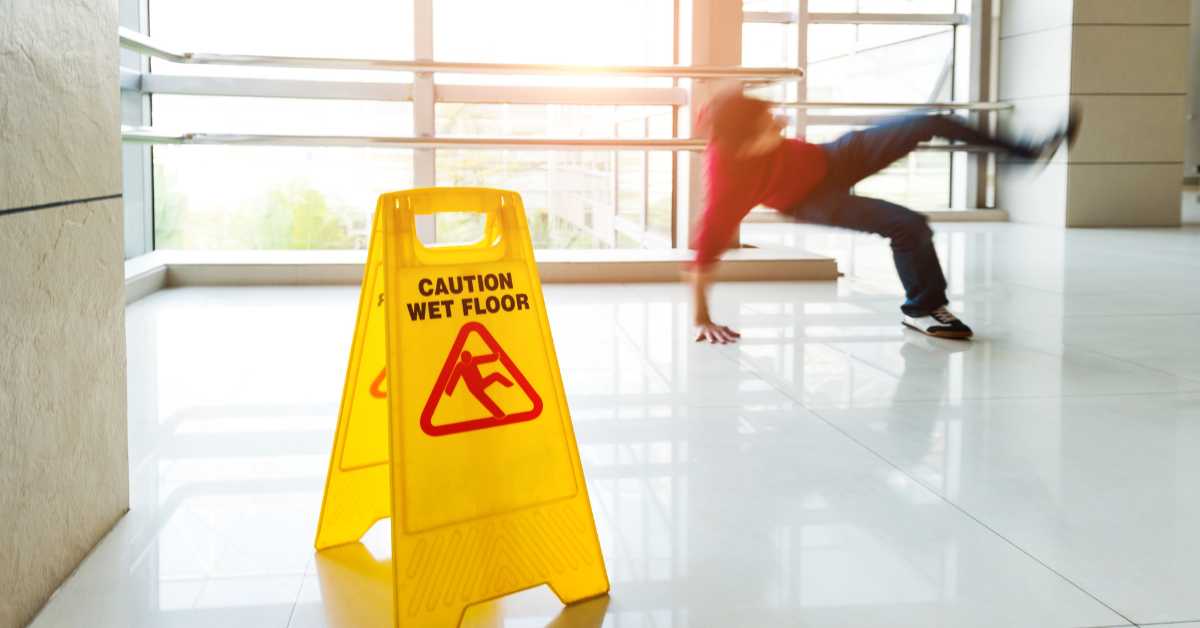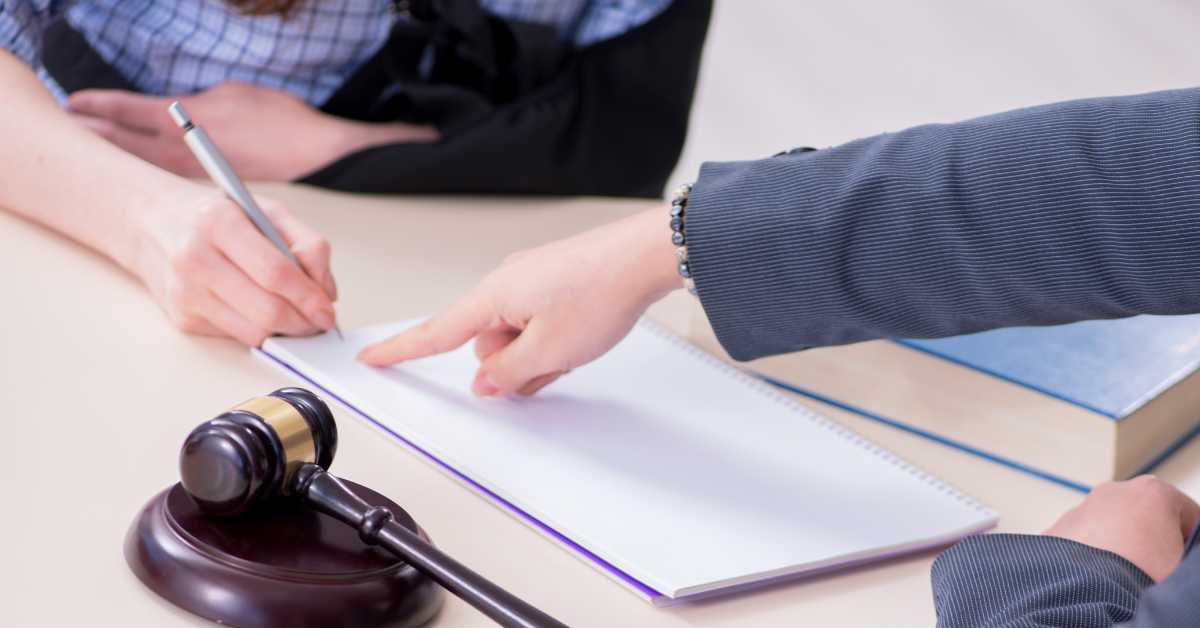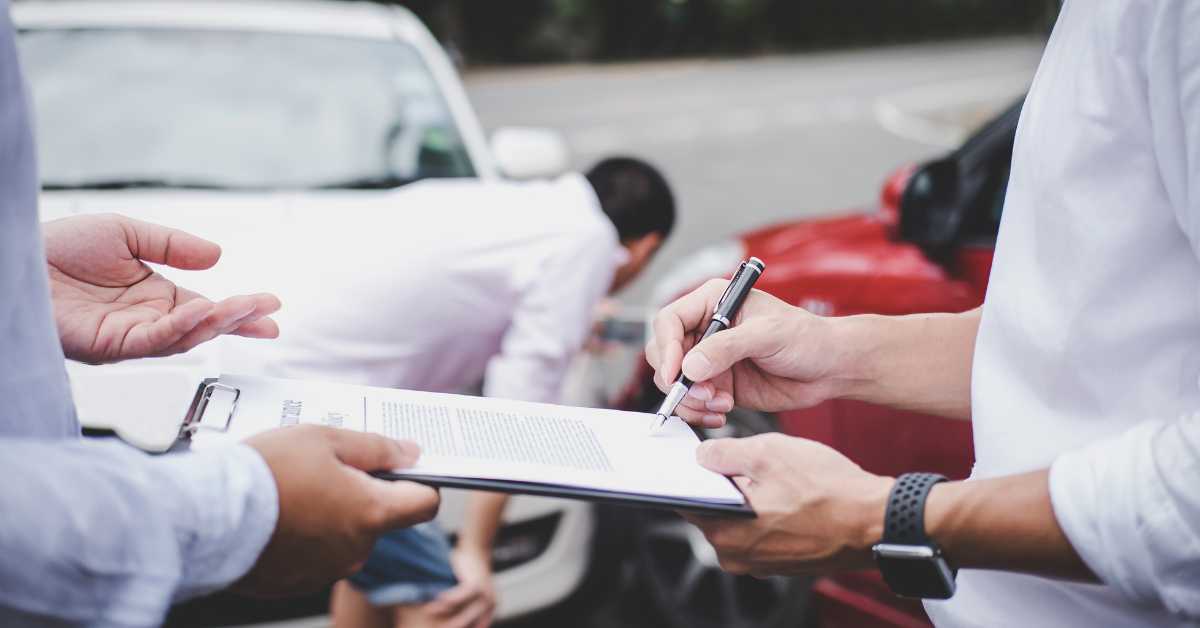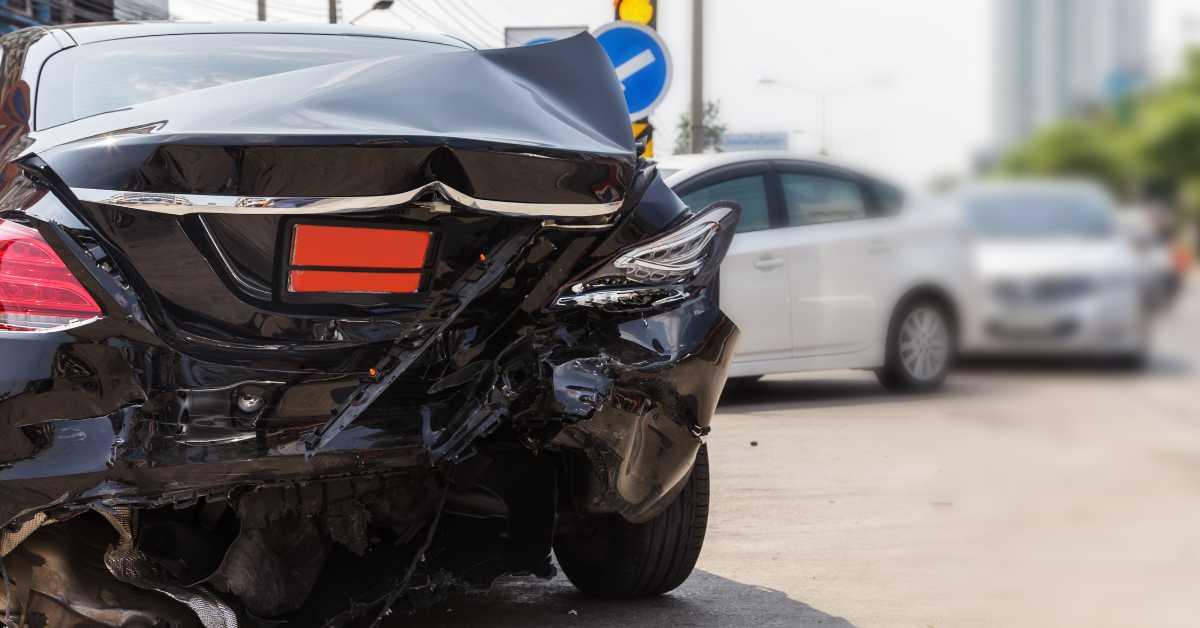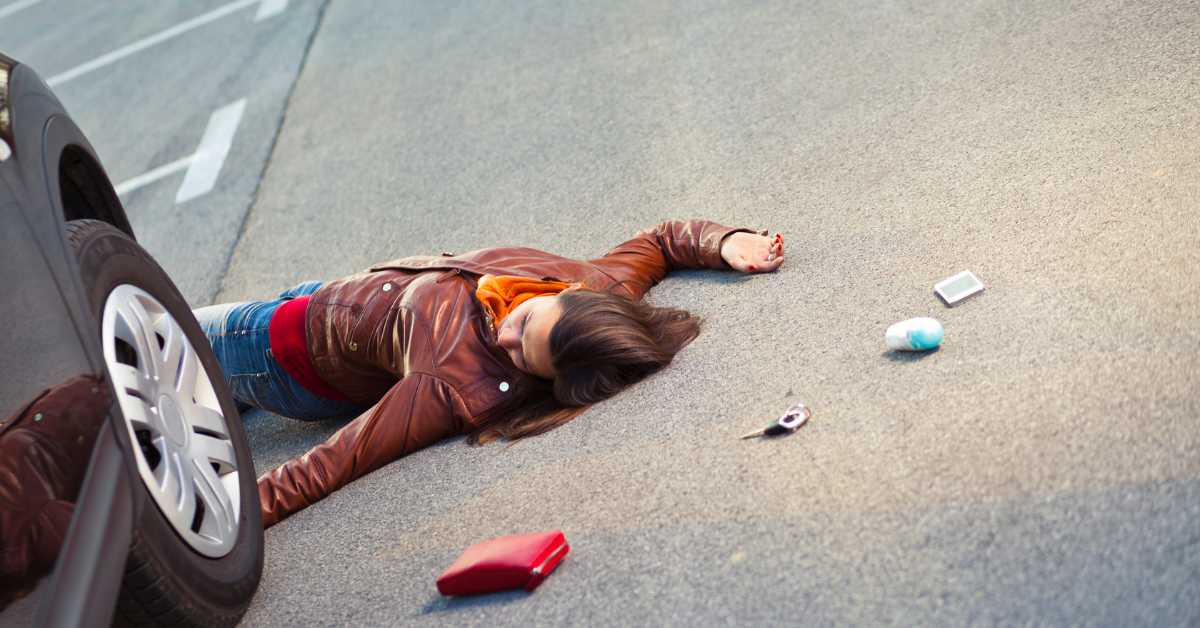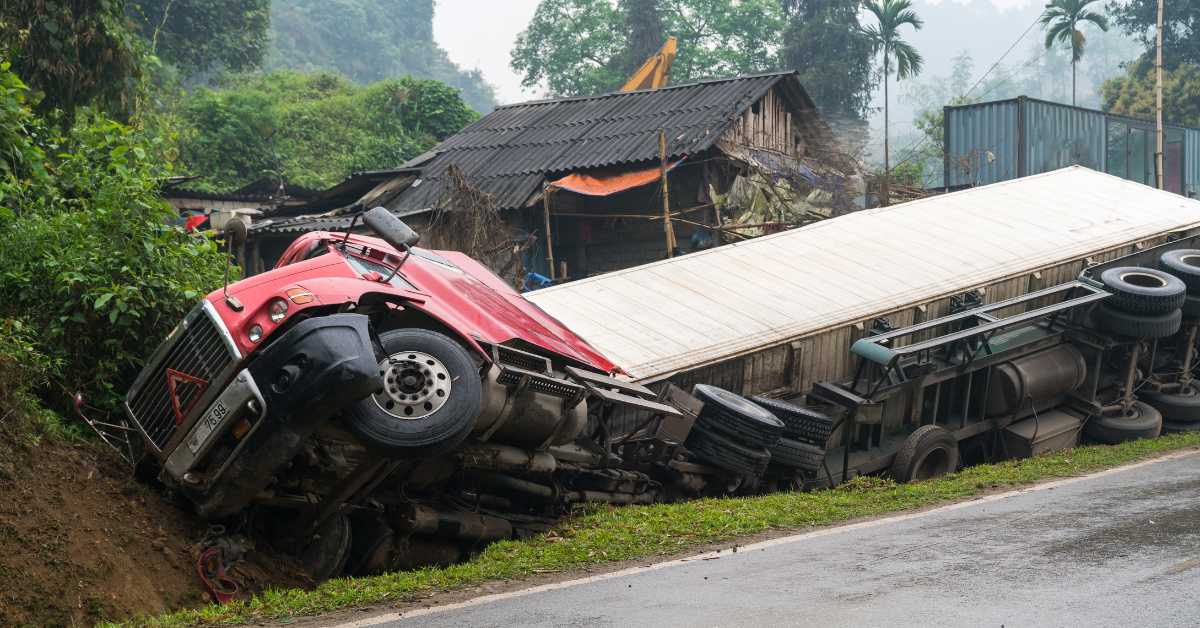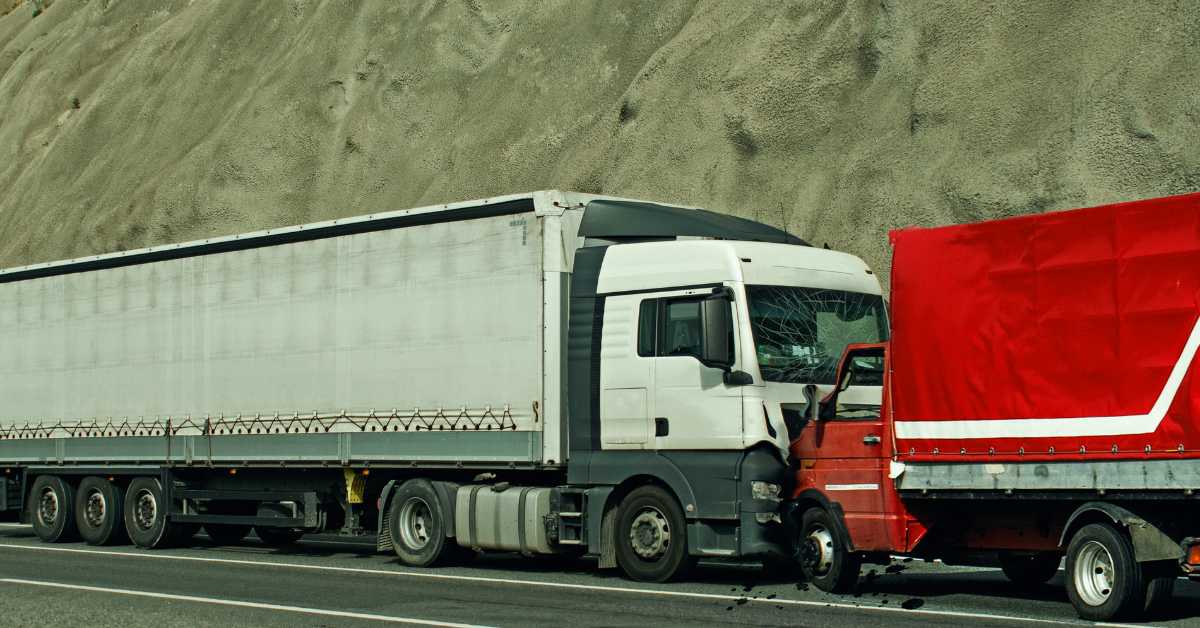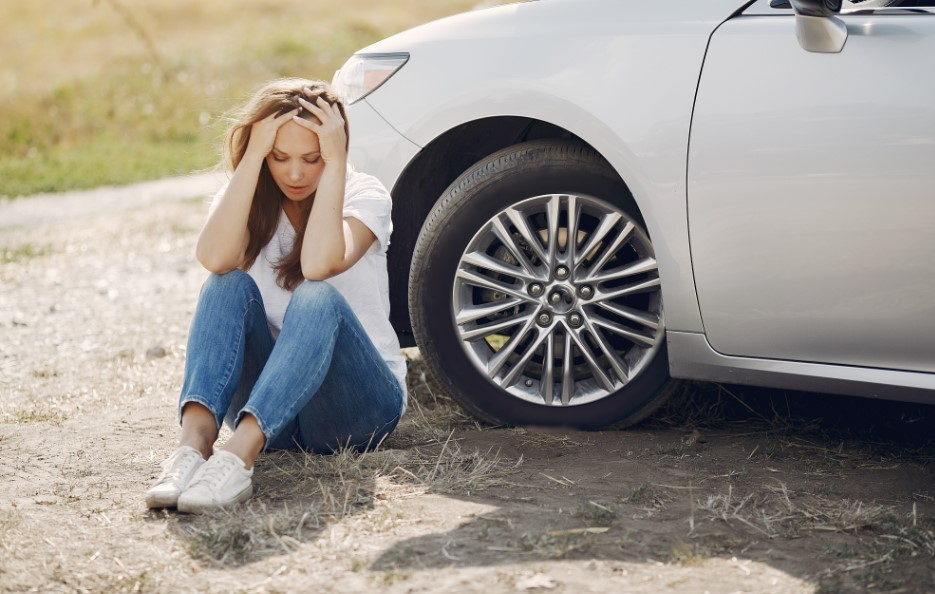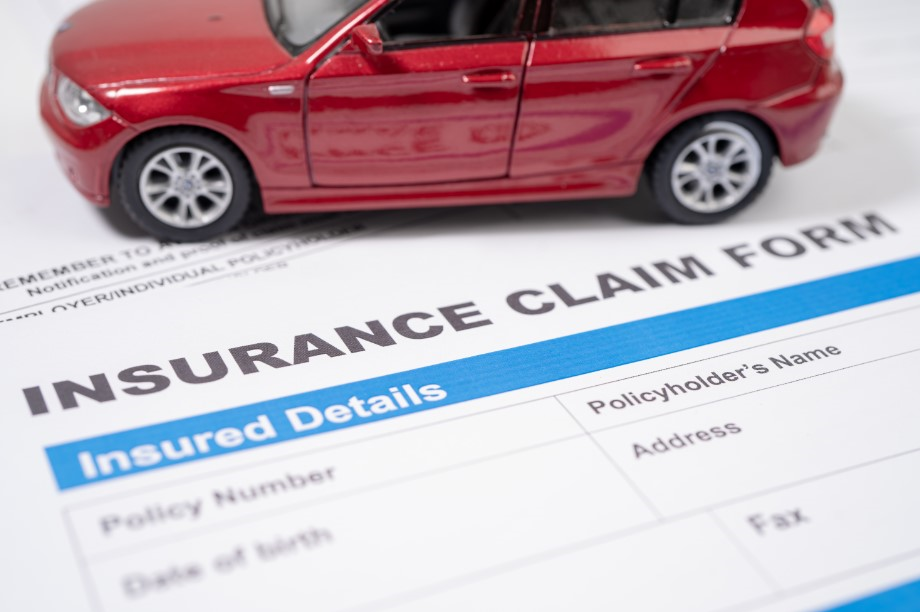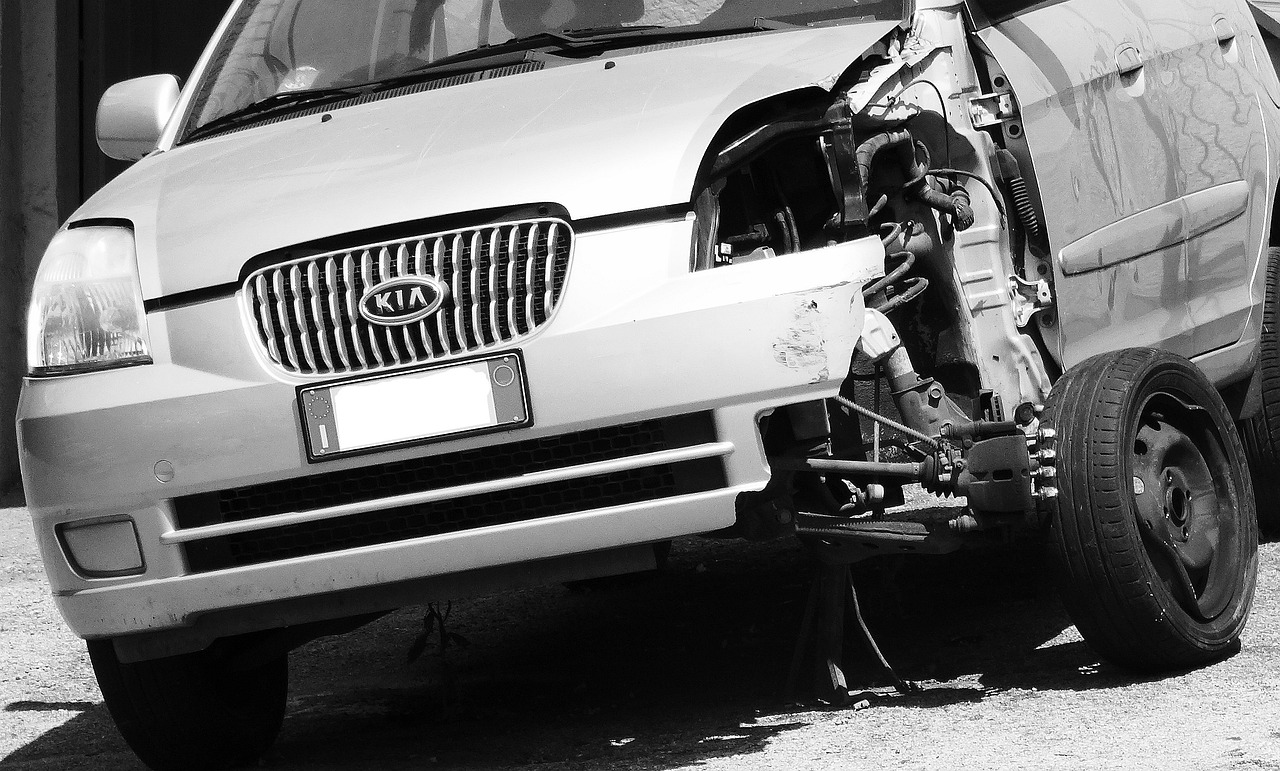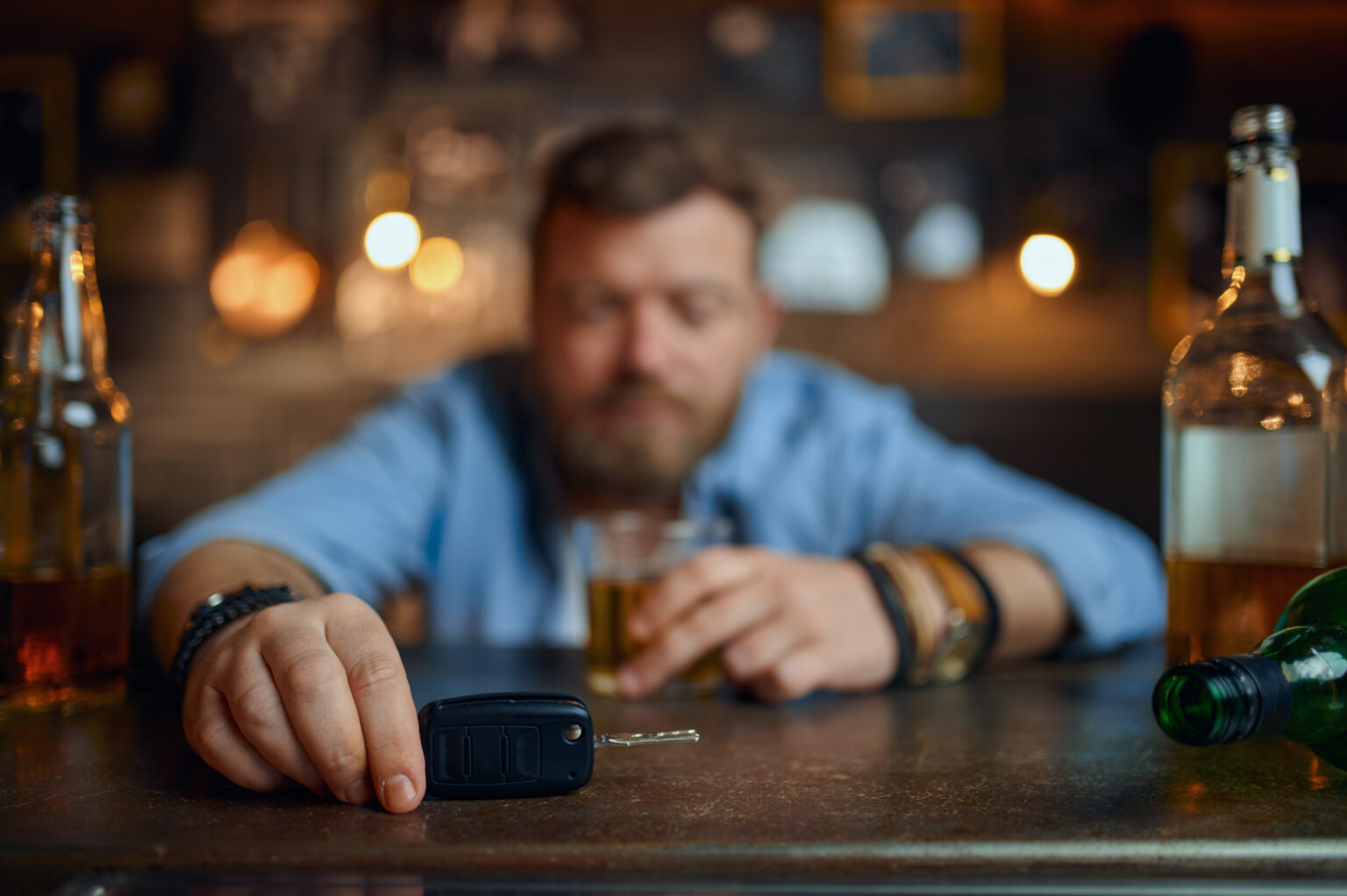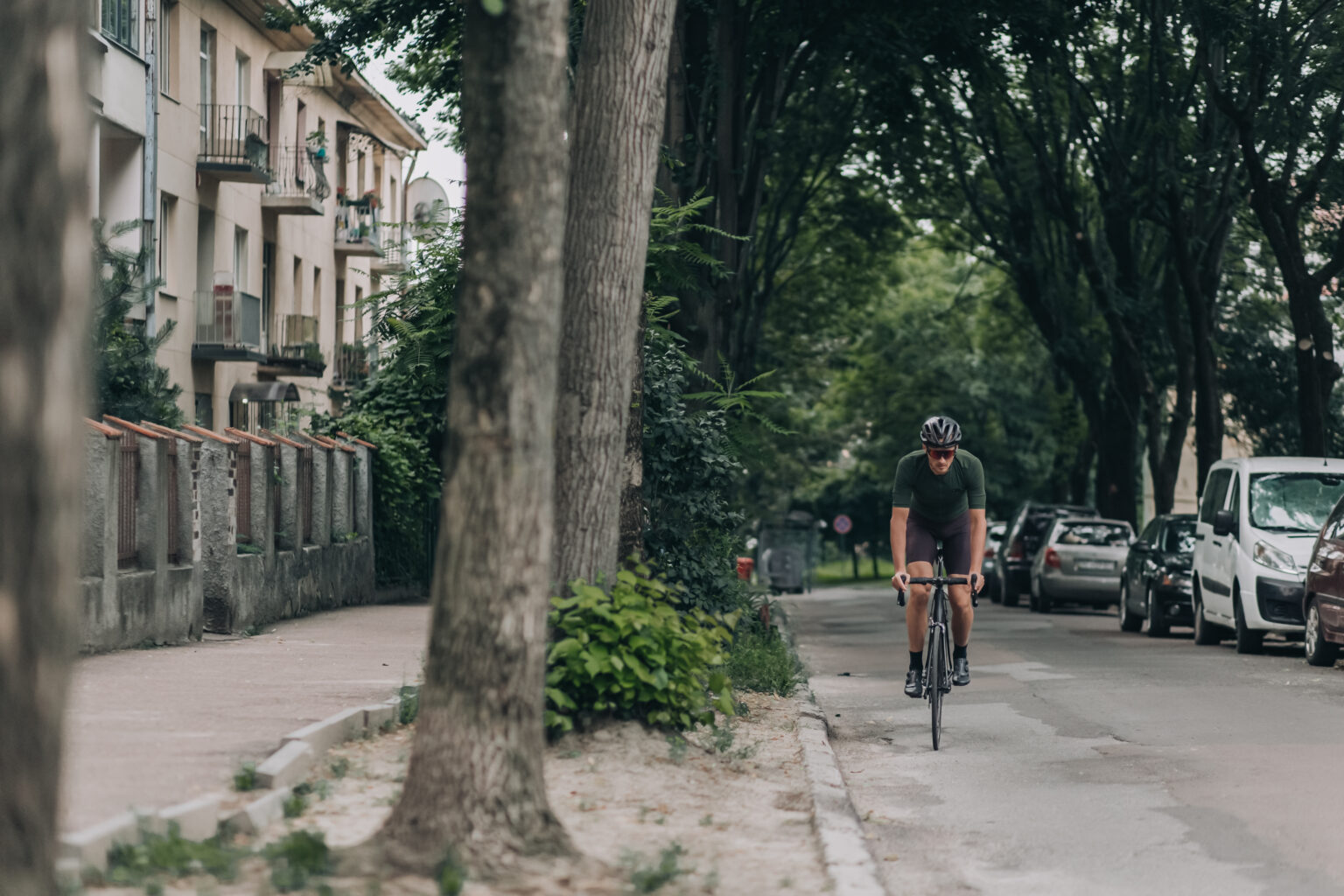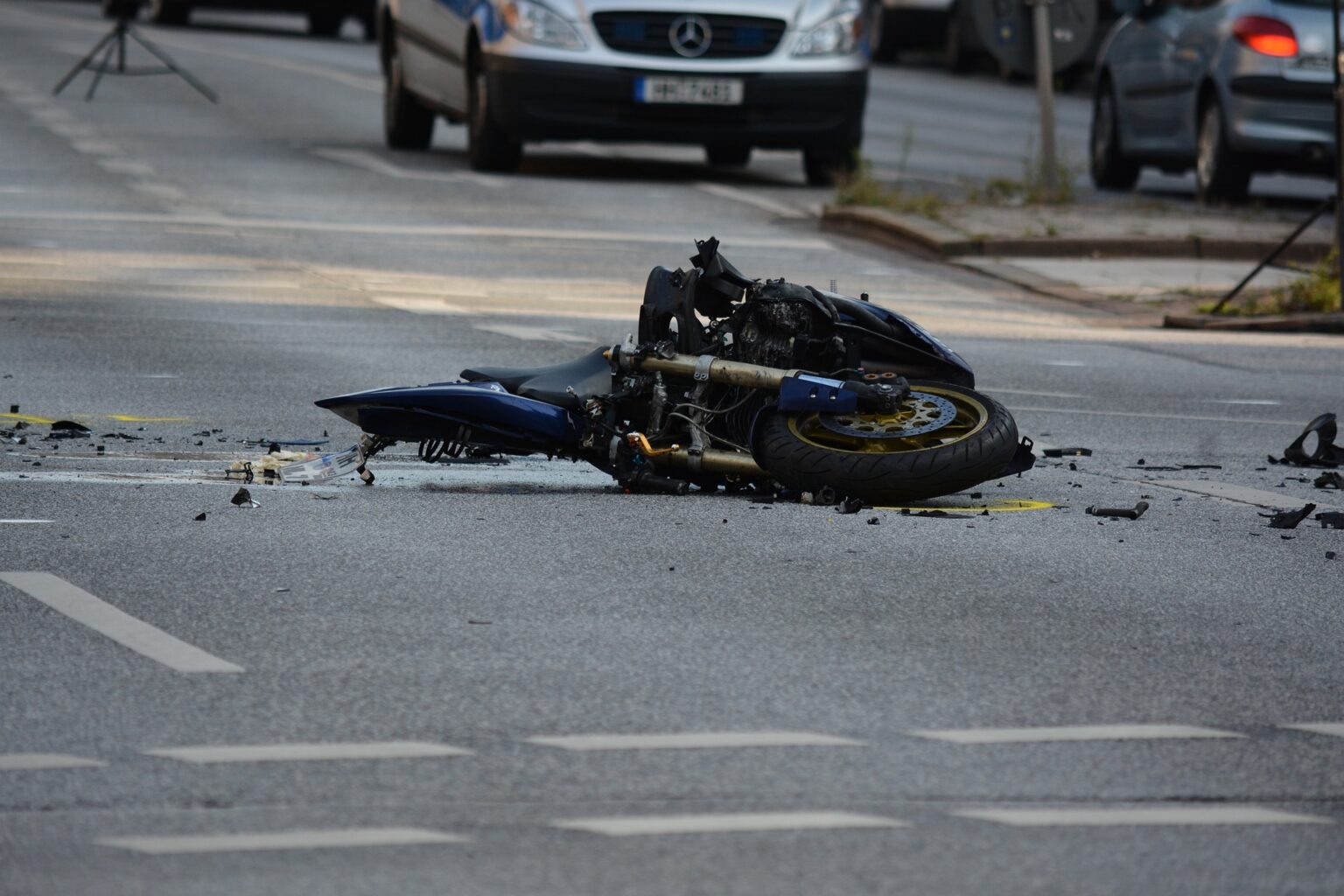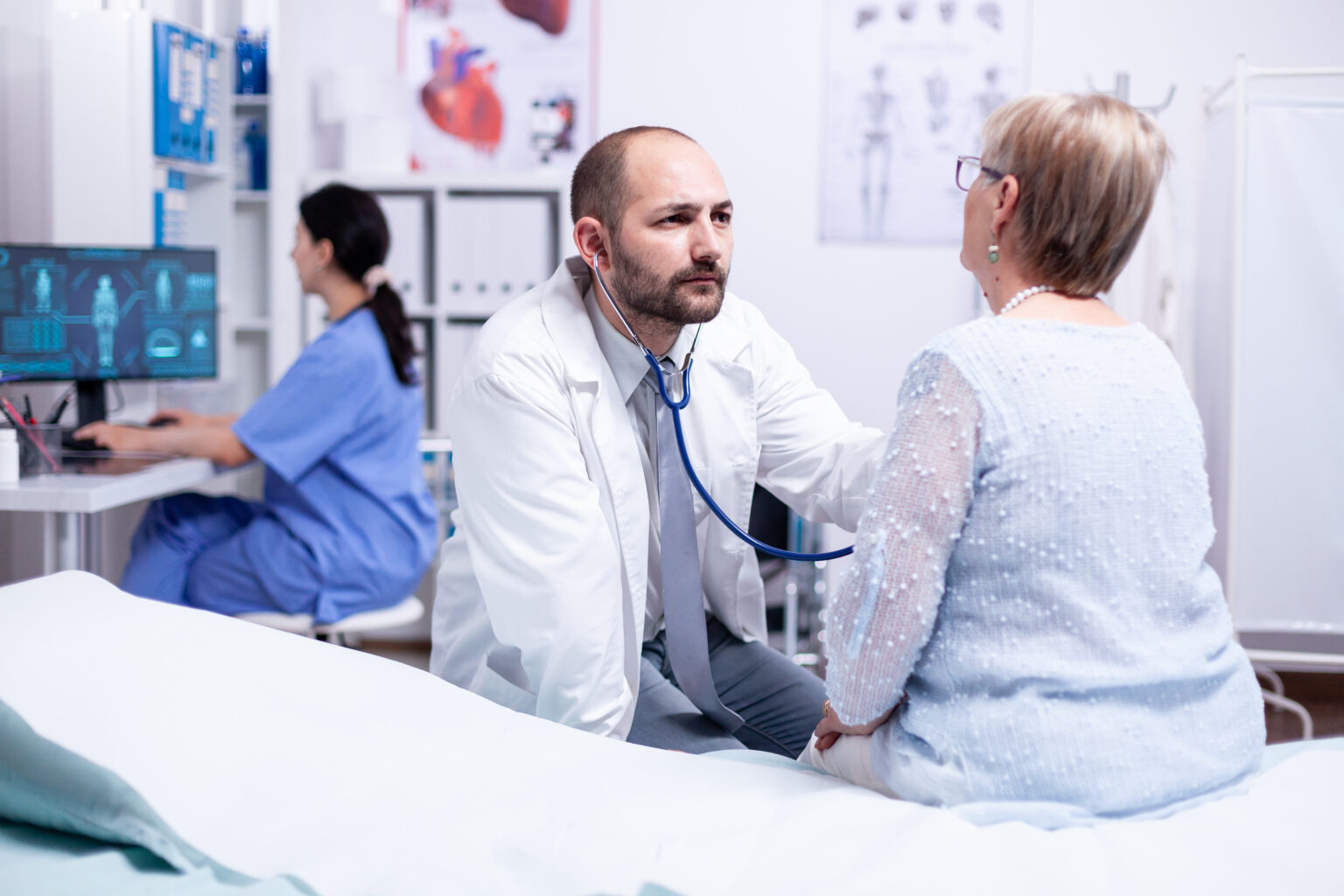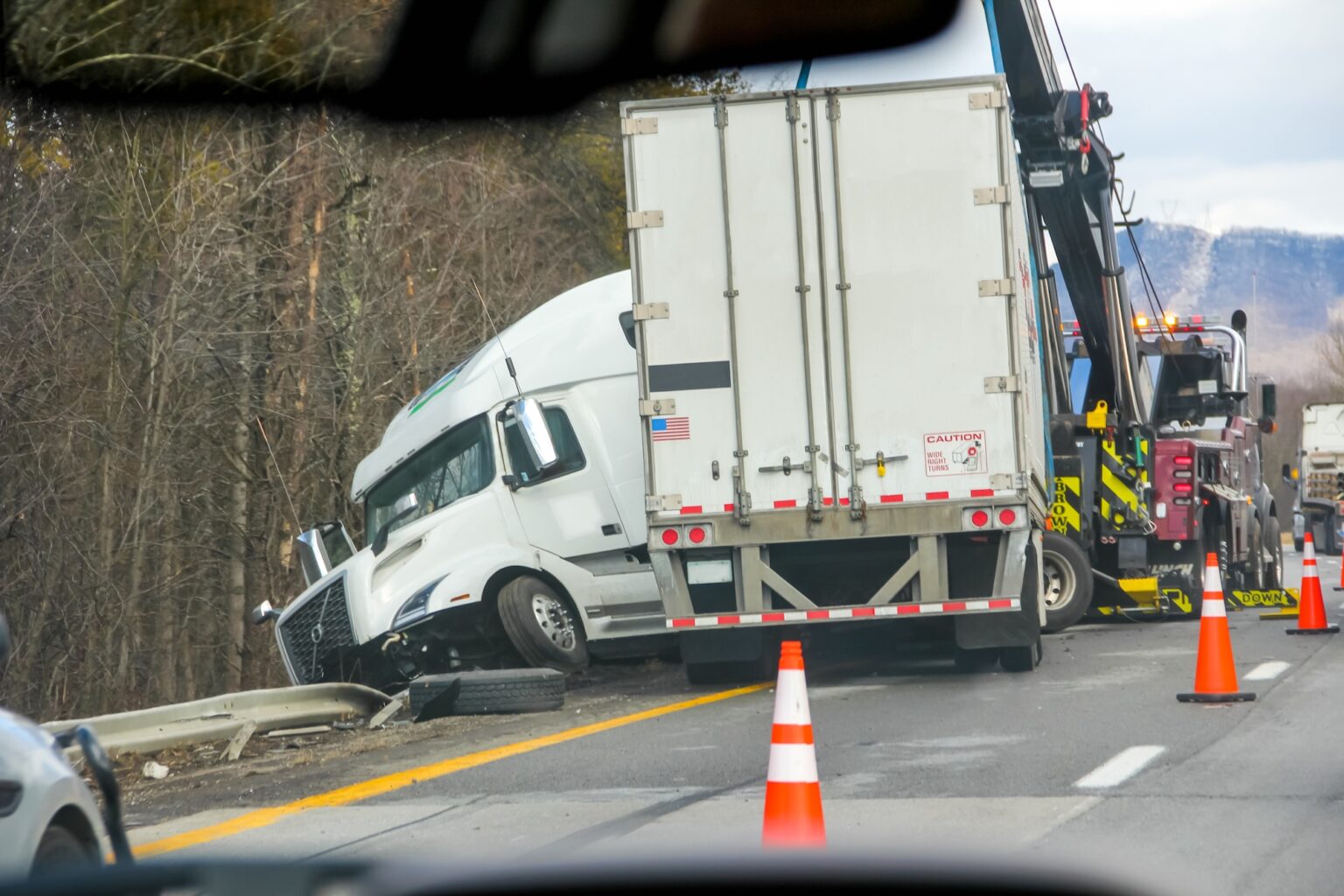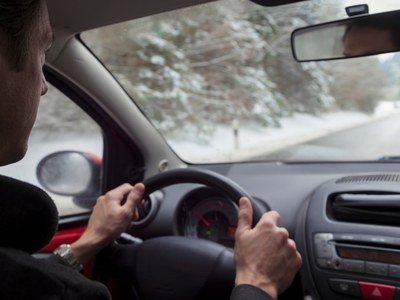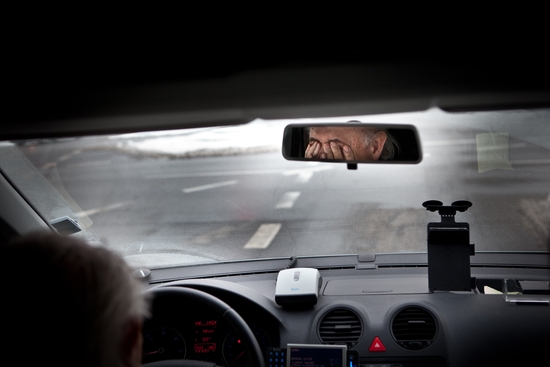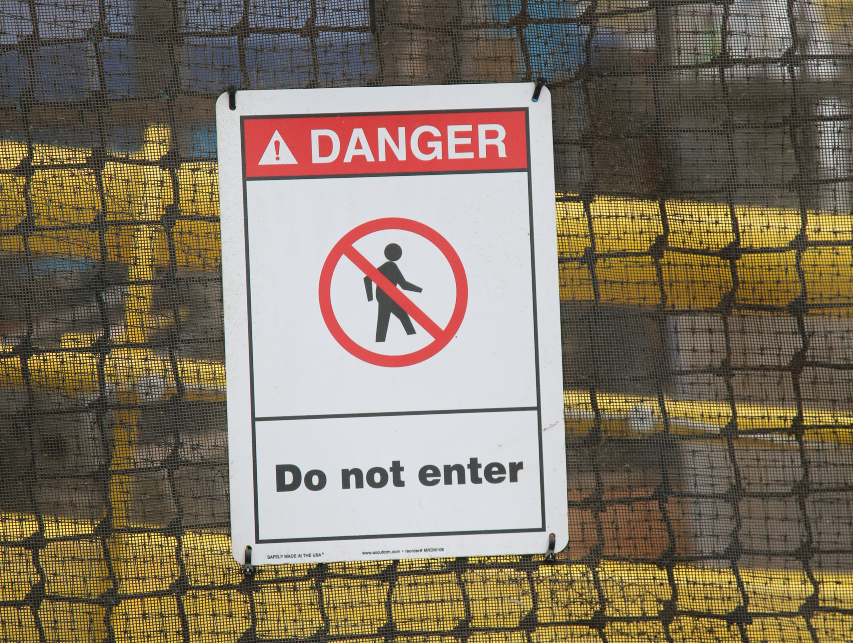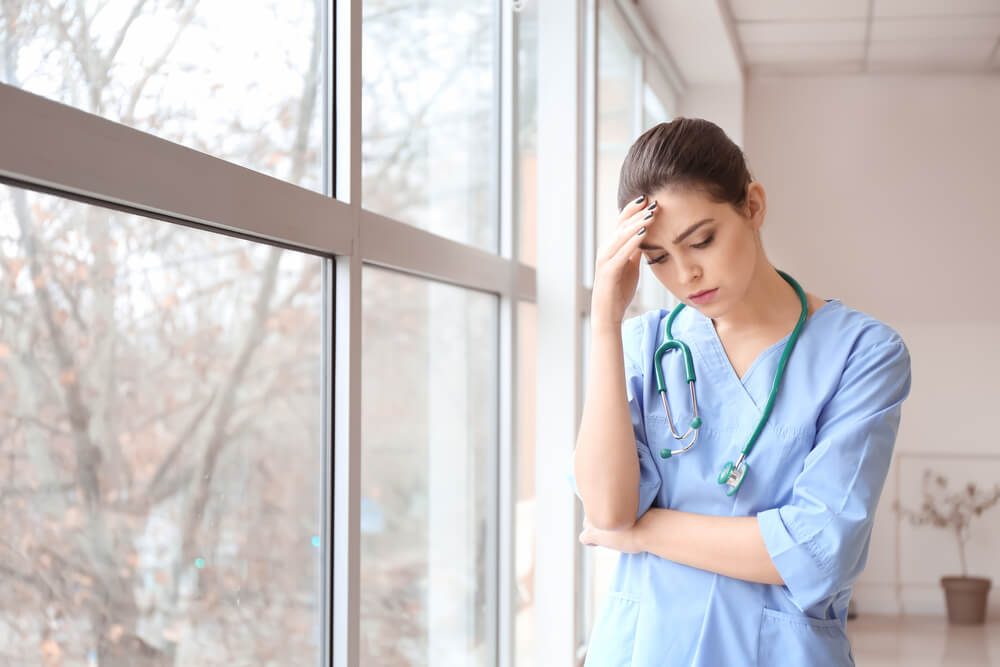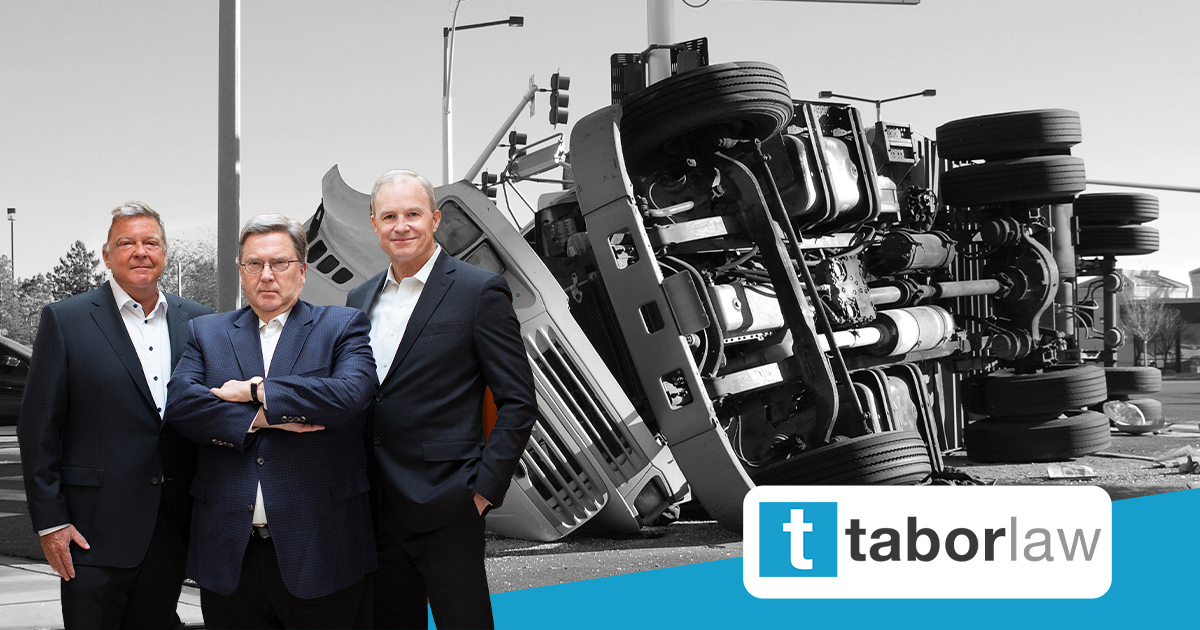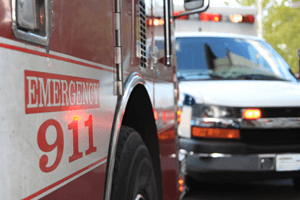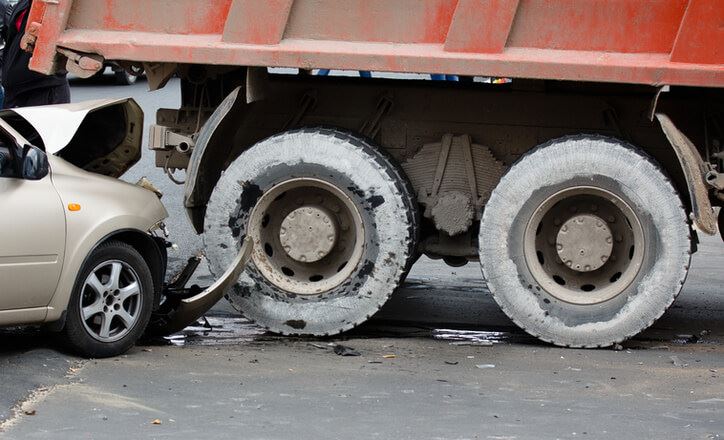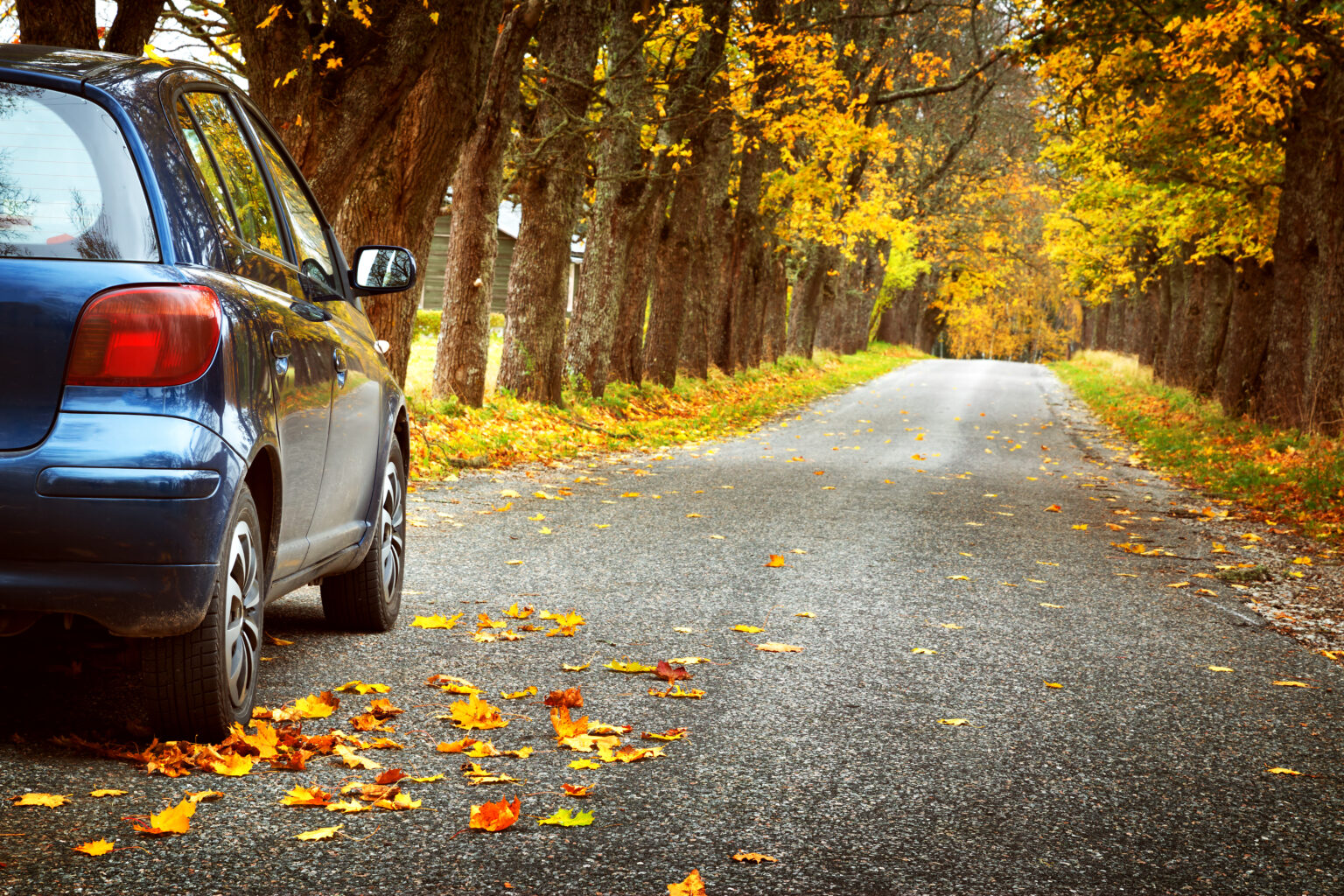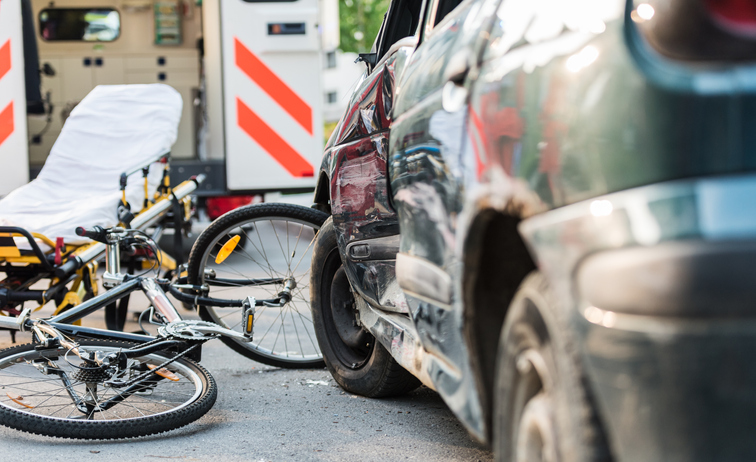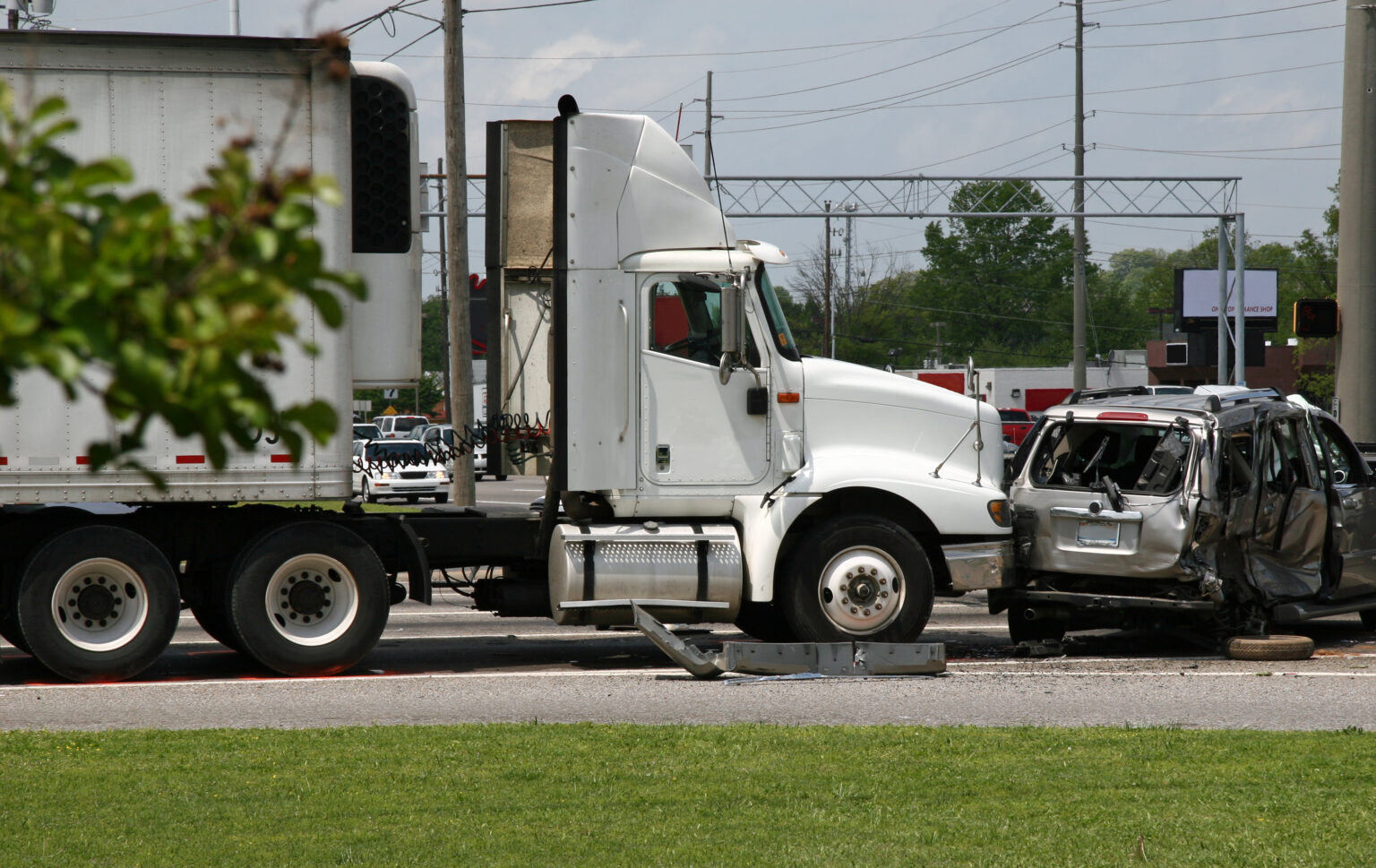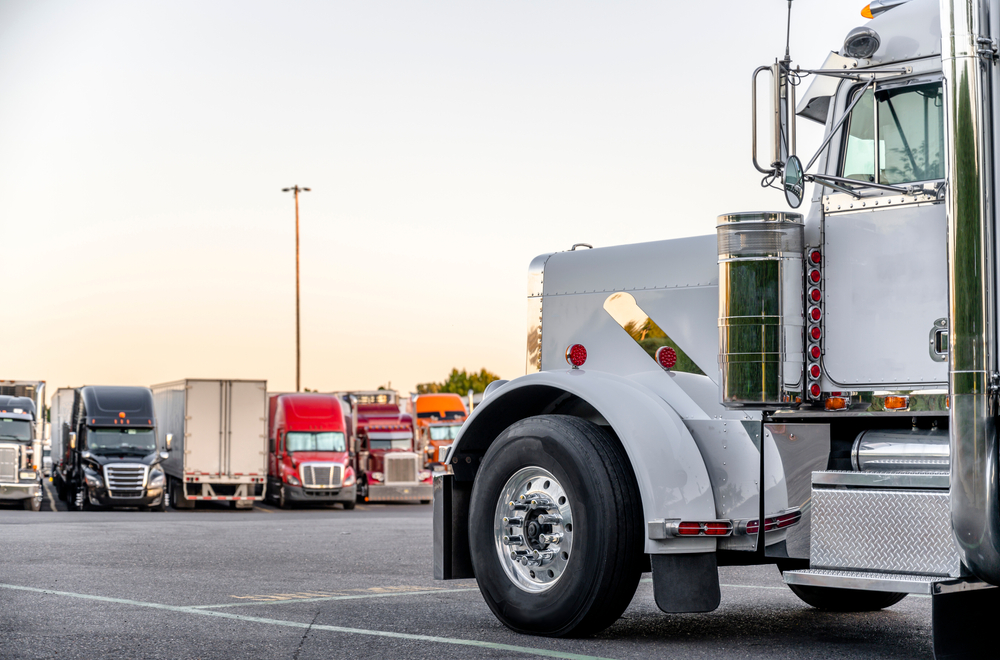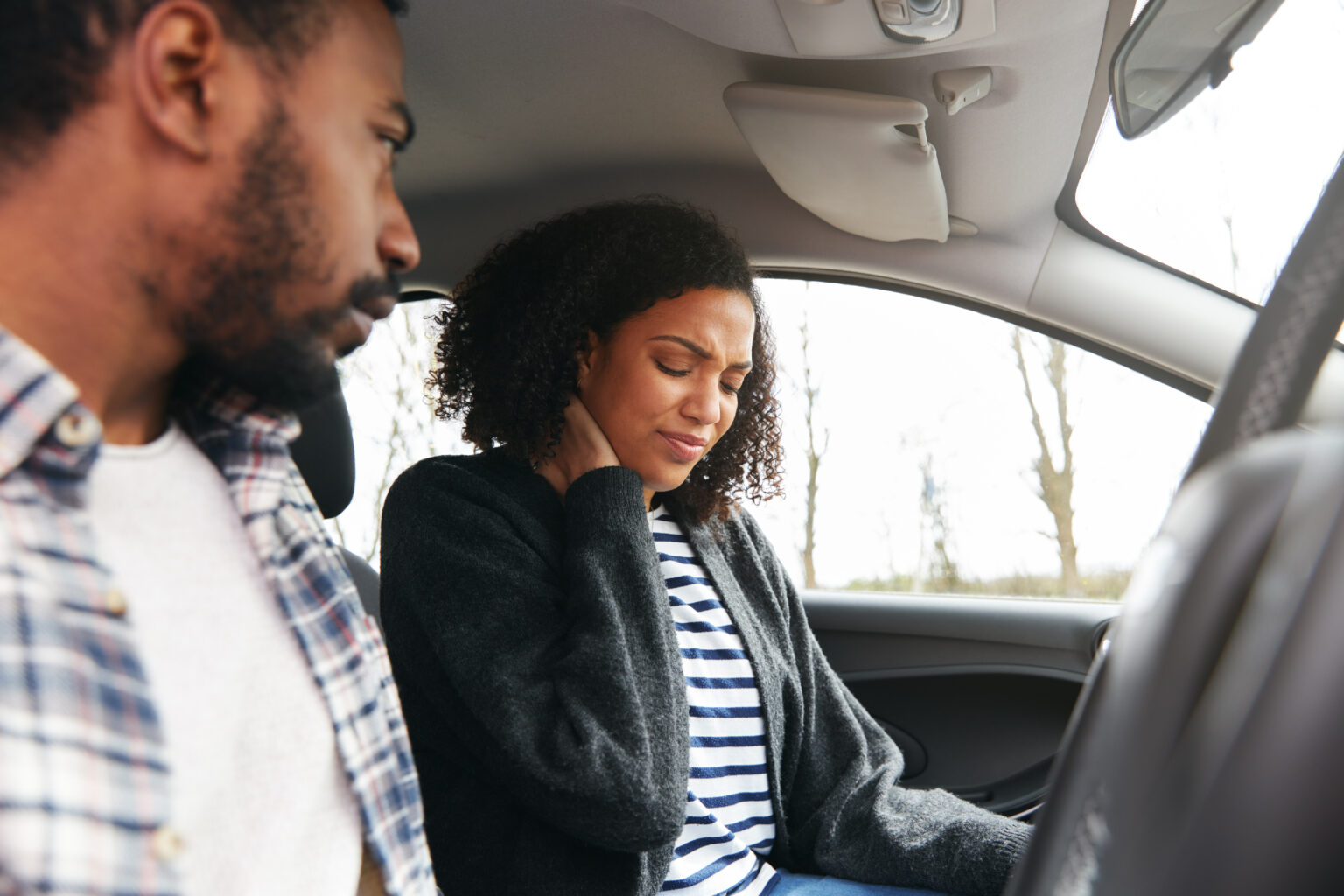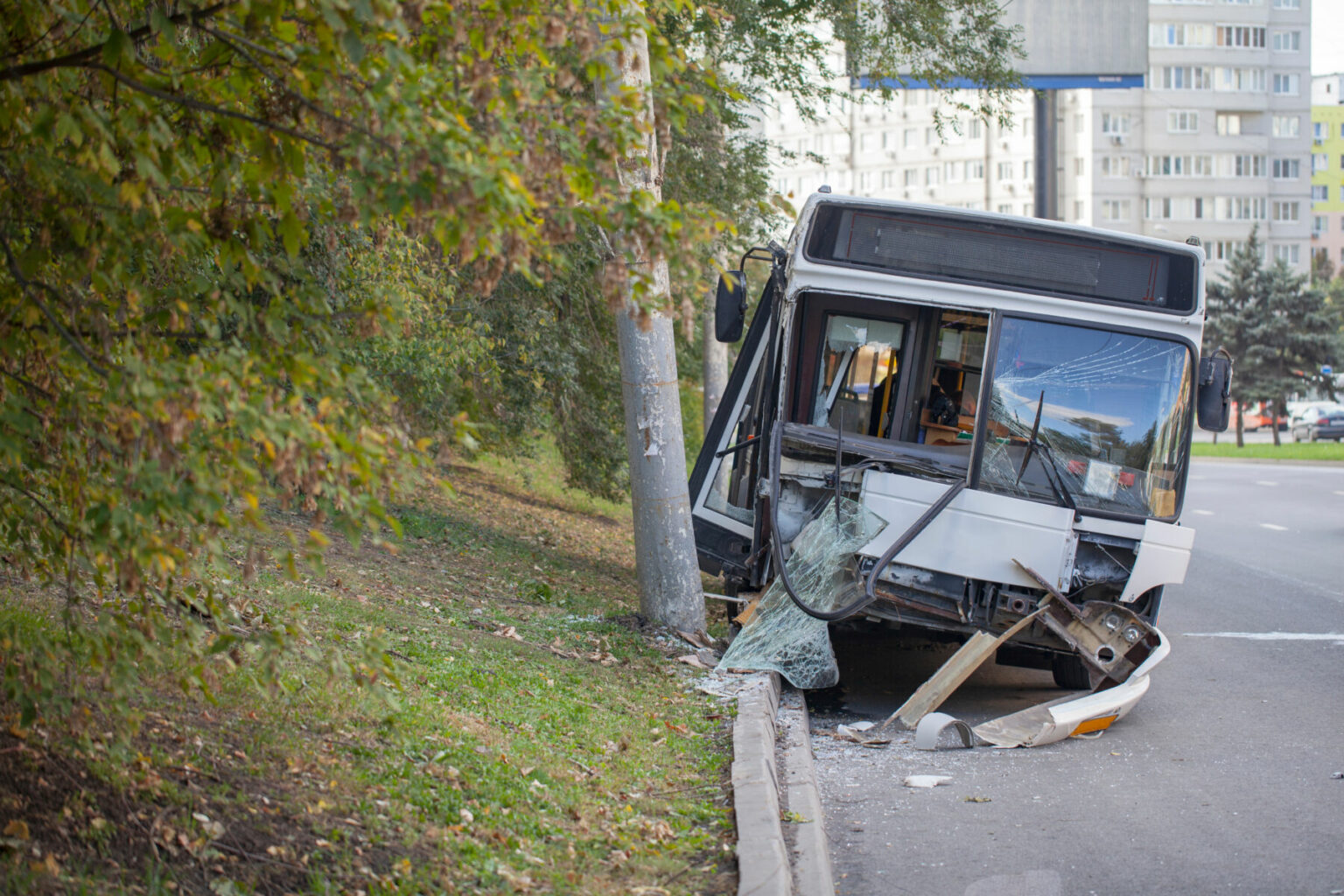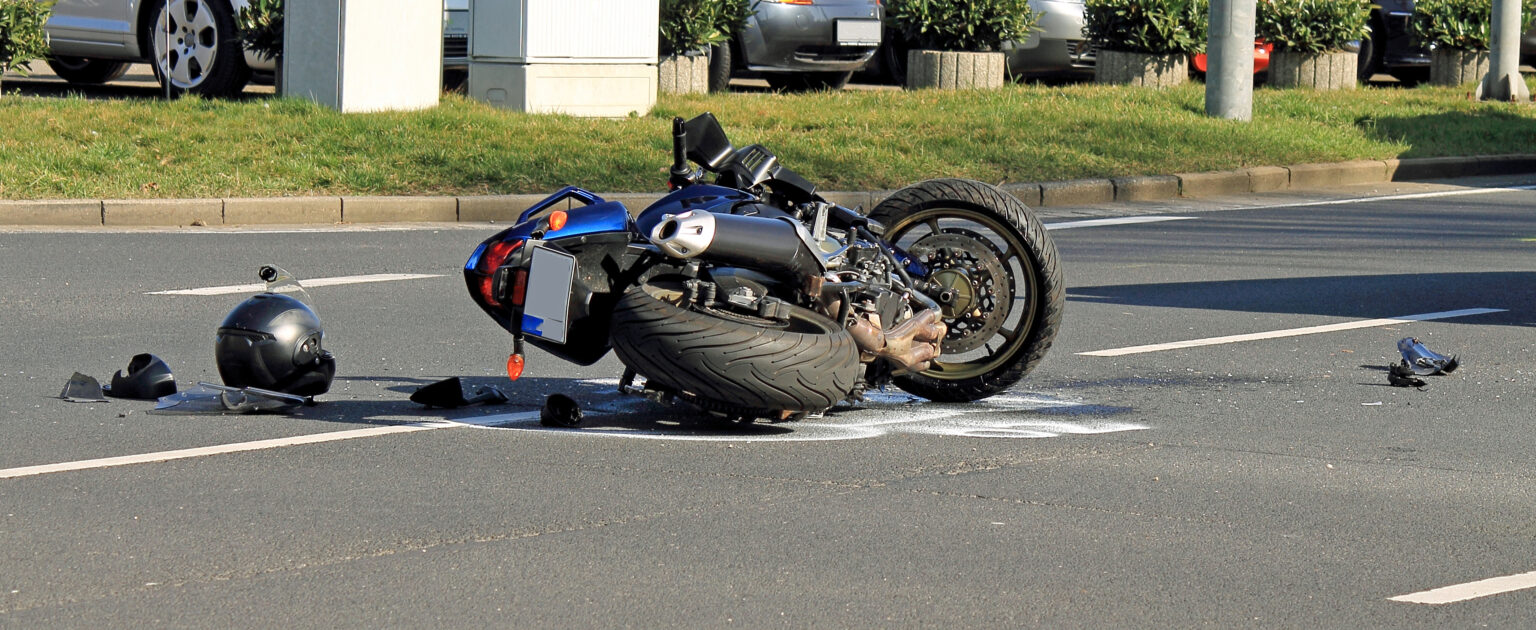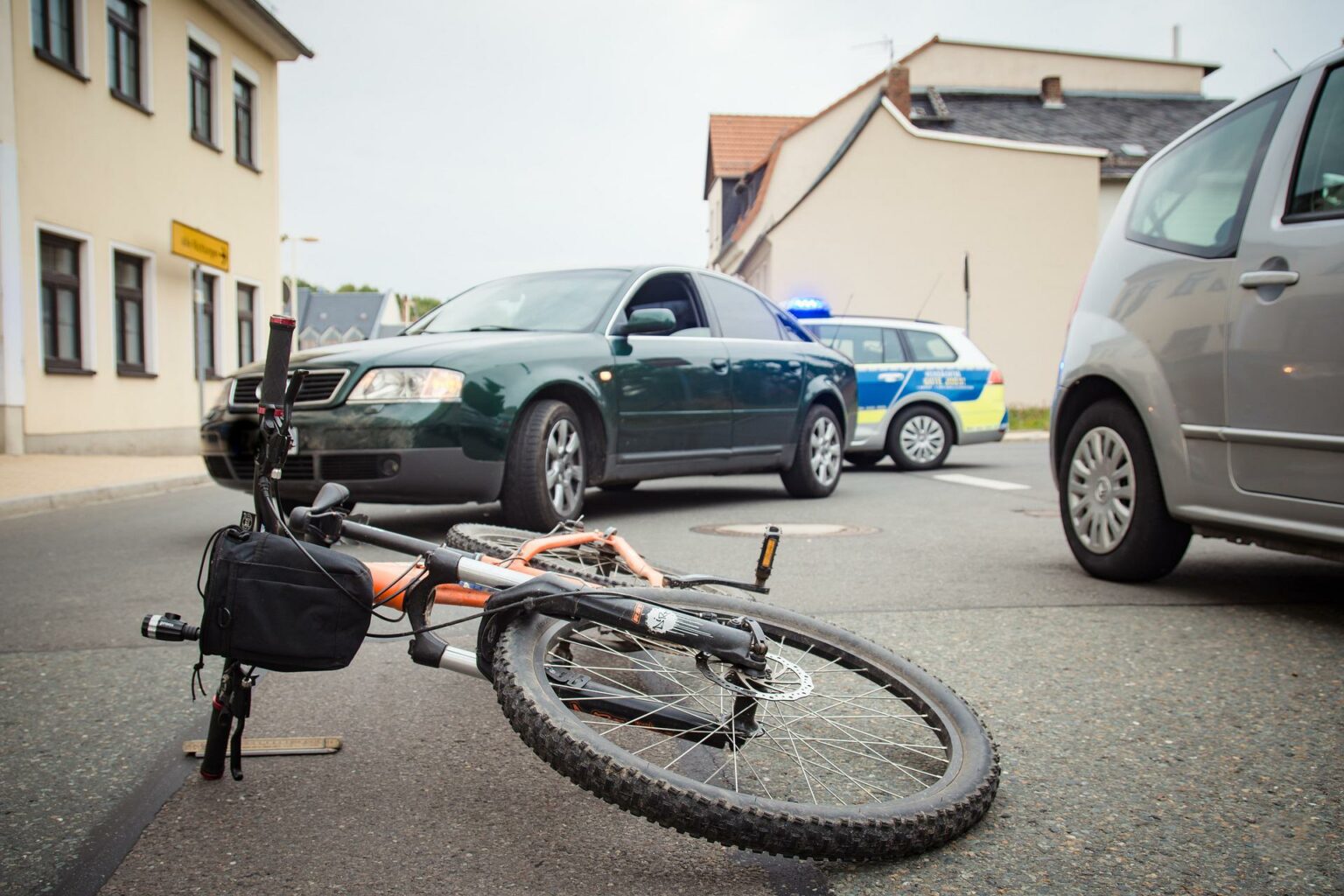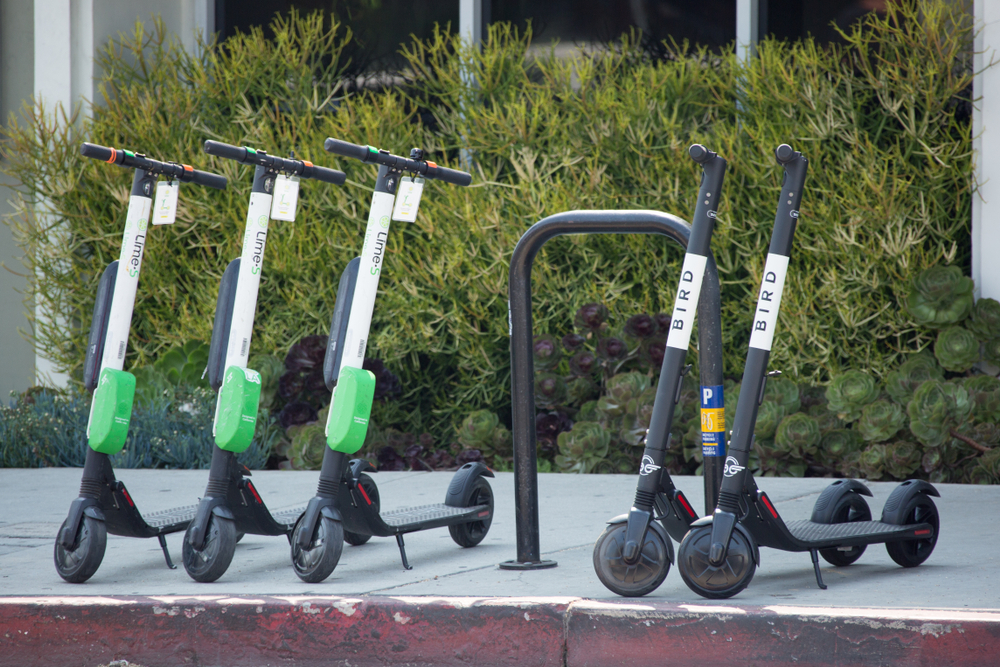
Though cycling is a great pastime that benefits the rider and the environment, it is not without risks. According to the National Highway Traffic Safety Administration (NHTSA), 846 cyclists were killed in traffic accidents in 2019. As cycling becomes more popular, this number is projected to increase. As we move into prime biking weather, it is important to shift our focus to bicycle safety.
Below we review Indiana’s bicycle laws and provide you with some helpful tips so that you can enjoy cycling while also staying safe. Keep reading to learn more.
Indiana’s Bicycle Laws
Indiana’s bicycle laws are found under Indiana Code Title 9, Chapter 21. Generally speaking, according to this code, cyclists have the same rights and responsibilities as motor vehicle drivers, except as outlined in the code. Not only does the Indiana Code outline important regulations for cycling on roadways, but they also contain important rules related to a rider’s bicycle and its operation.
For example, under IC 9-21-11-3, it is noted that a person riding a bicycle is not allowed to ride anywhere other than on the permanent and regular seat attached to the bike, and they are not allowed to carry a passenger unless the said passenger is seated upon the permanently affixed, regular seat. That is to say, you are not allowed to carry a passenger on the handlebars of the bicycle. Similarly, you cannot carry more than the intended number of passengers on a bike.
It is incredibly important that you read and obey posted signs related to cycling. For example, if cycling is prohibited on a certain highway or interstate, according to IC 9-21-8-20, signs must be posted indicating this prohibition, and cyclists must obey it. Failure to do so can be both dangerous and result in serious fines.
It is also important to note that parents and guardians have a legal responsibility to ensure that their children and/or their dependents follow the cycling laws outlined in the code.
Keep reading for our three top tips for bicycle safety.
Tip #1: Always Wear a Helmet
In Indiana, only cyclists under 17 are required to wear a helmet while riding. However, it is recommended that all riders, children and adults alike, wear a helmet. Bicycle accidents are some of the most deadly, especially when they involve a motor vehicle. Cyclists have very little protection, and when they are in a collision, injuries can be catastrophic or even deadly. Even accidents that do not involve other vehicles often result in serious head injuries. Therefore, even when not required, you should always wear a helmet.
Tip #2: Wear Reflective Gear
One of the primary causes of bicycle accidents is the cyclist not being seen by a motorist. Consequently, visibility is of the utmost importance when cycling. In addition to wearing brightly colored clothes, you should also consider wearing reflective gear. Many garments made specifically for cycling incorporate reflective panels, and you can very inexpensively purchase a reflective vest.
Other ways to help ensure that other drivers notice you include installing reflectors and lights on your bicycle. You should also try to make eye contact with oncoming motorists, especially when entering an intersection or making a turn into traffic.
Tip #3: Take a Bicycle Safety Course
While many of us learned to ride a bike when we were kids, most of us have never taken a bicycle safety course. However, these courses are of great value. In addition to learning your local traffic regulations related to bicycles, you can also learn proper bicycle signaling and how to respond to various circumstances while on the road.
Bicycle safety courses can be found in person and online. Check your local community center as sometimes these courses are offered for free as a public service!
Tip #4: Model Good Bicycle Safety for Your Kids
Our children look to us when it comes to bicycle safety. When going out on rides with your children, make sure you always wear a helmet, wear bright colors and/or reflective gear, and use appropriate hand signals. The more your children see you practicing good bicycle safety, the more likely they will do so themselves, even when they aren’t with you.
Tip #5: Don’t Become Complacent
For many daily riders, such as those who use their bike to commute to school or work, it is easy to become complacent about bicycle safety. Every day that you come home without being in an accident makes you feel more confident and less worried about safety on the road. However, complacency often leads to accidents. As we let our guard down, we start to forget important safety measures, like signaling or wearing reflective gear.
The Greatest Danger to Cyclists on the Road
The greatest danger to cyclists on the road is other drivers. As we mentioned previously, one of the major causes of cycling accidents is other drivers not noticing or seeing cyclists. Not only are these accidents devastating, but they can even result in fatalities.
Other hazards cyclists face on the road include:
· Bad weather
· Ice and snow
· Animals, such as deer
· Poor road conditions, such as potholes and uneven pavement
· Construction zones
As a cyclist, you must be aware of the many risks associated with cycling. However, other drivers also bear responsibility for keeping bicyclists safe on the road.
How Drivers Can Help Keep Cyclists Safe
Motorists are responsible for being on the lookout for cyclists when driving on the roads. Too many cycling accidents are the result of auto driver negligence. Spending some extra time looking out for cyclists can help prevent accidents and keep everyone safe on Indiana’s roads and highways.
Ways motorists can help keep cyclists safe include:
· Share the road
· Give cyclists a wide berth
· Check intersections for cyclists before entering
· Always use your turn signals
If you or a loved one was injured in a cycling accident, reach out to Tabor Law Firm, LLP by calling (317) 236-9000 today.
We have extensive experience helping clients with these types of cases, and we can help you seek compensation for your injuries, helping to ensure that you get the care you need when you need it.
